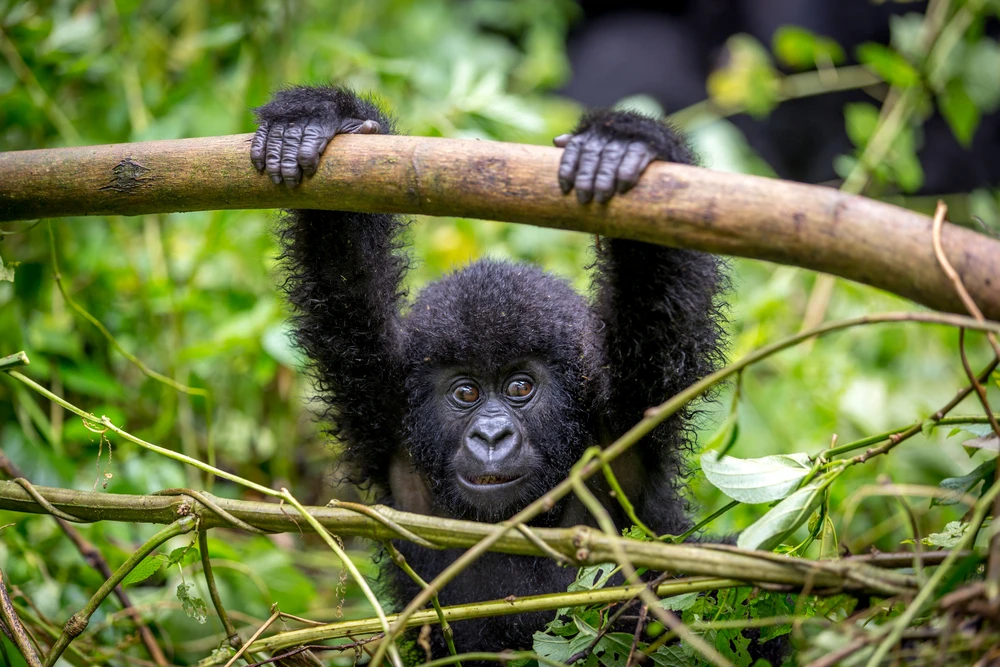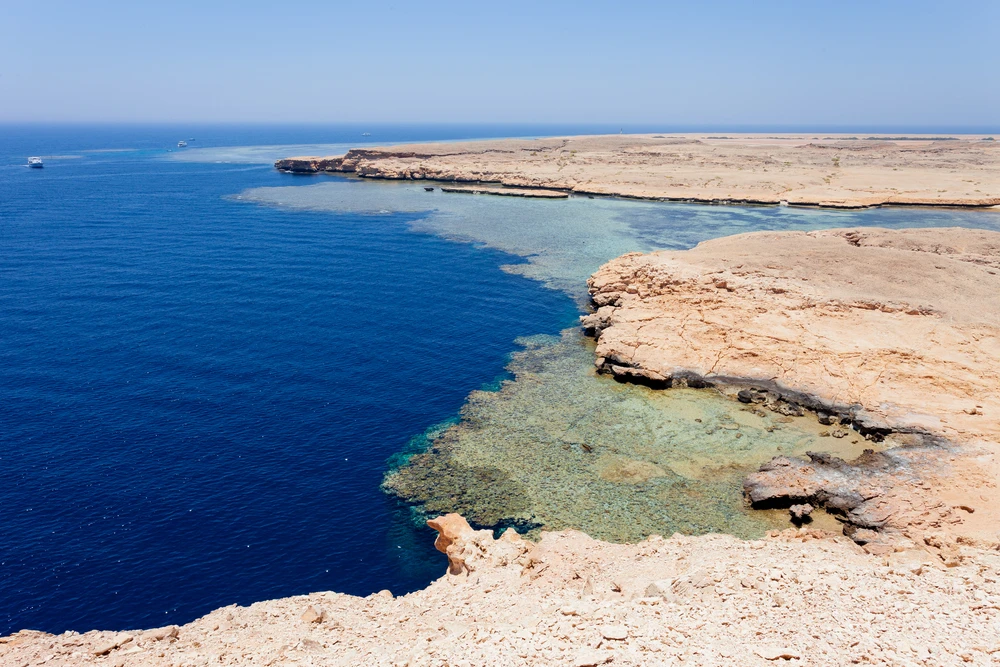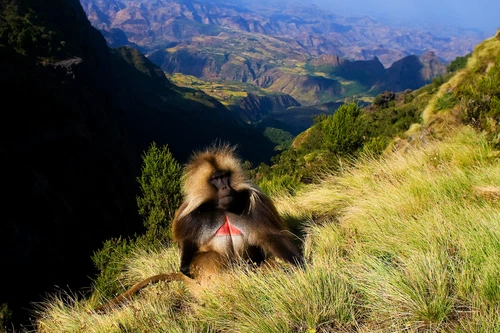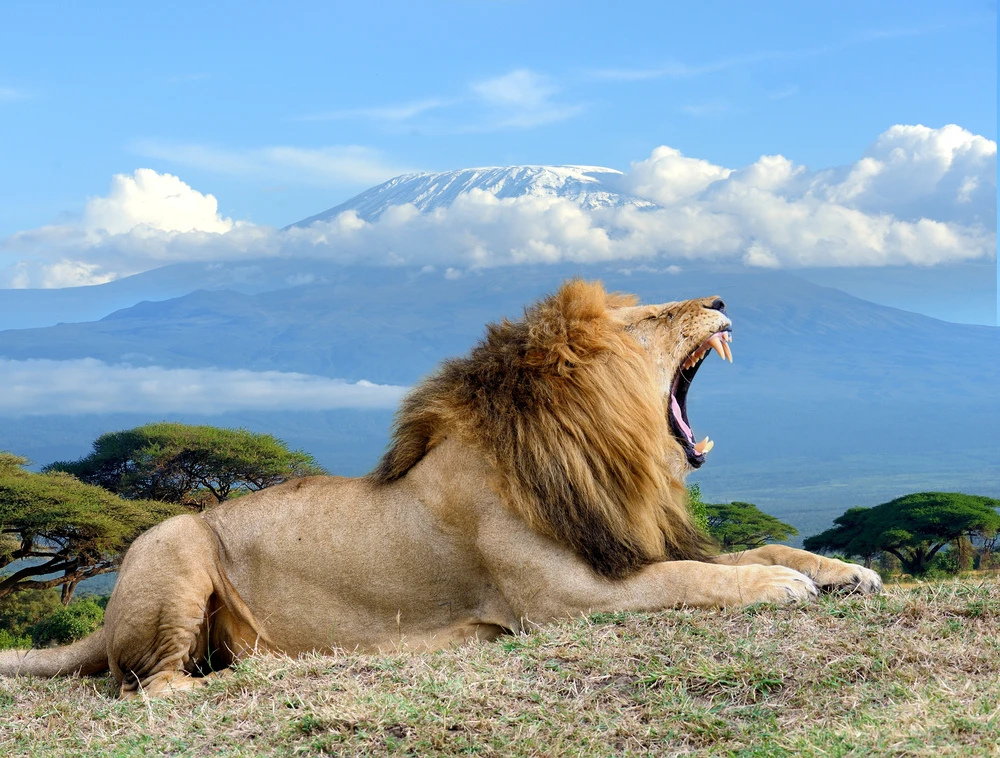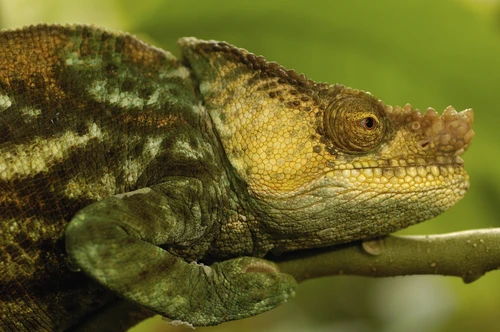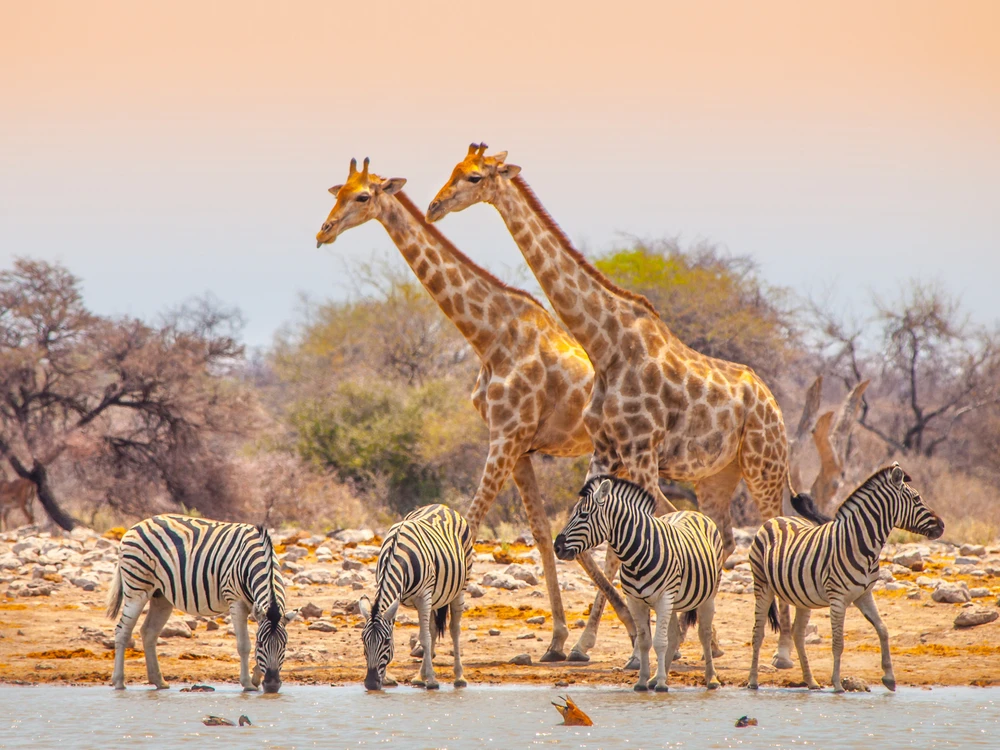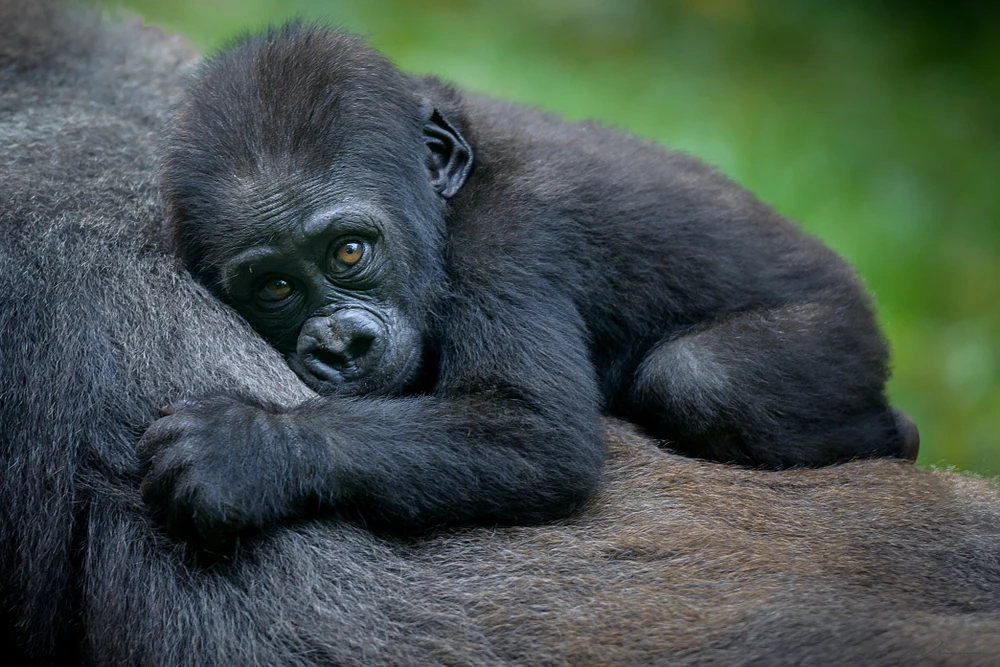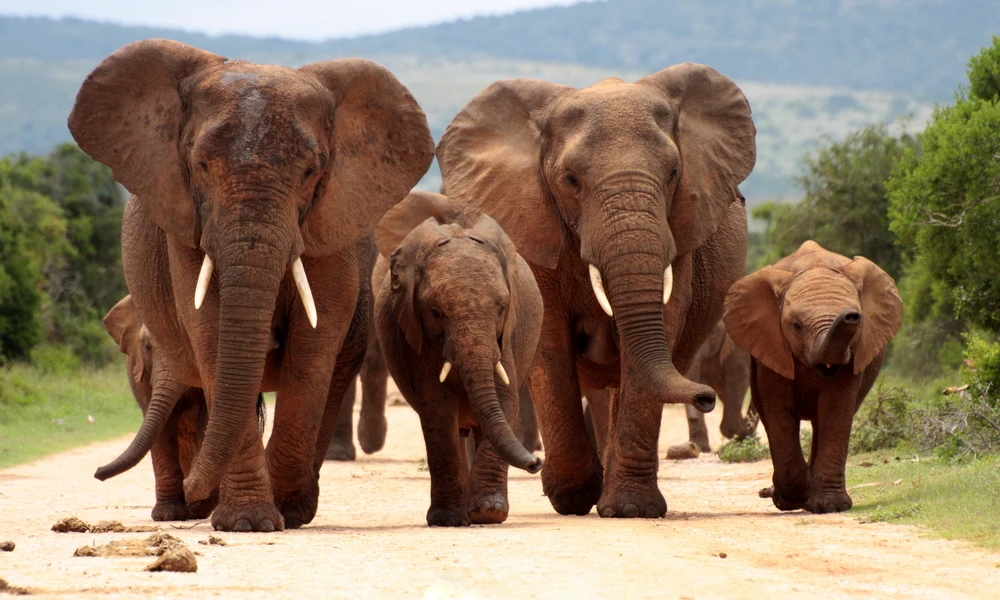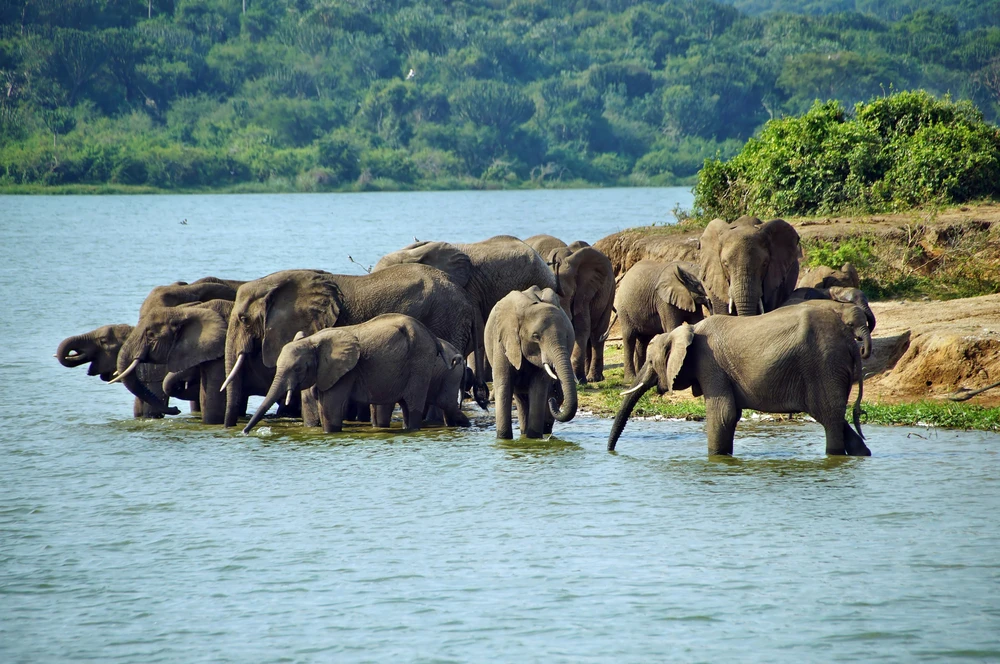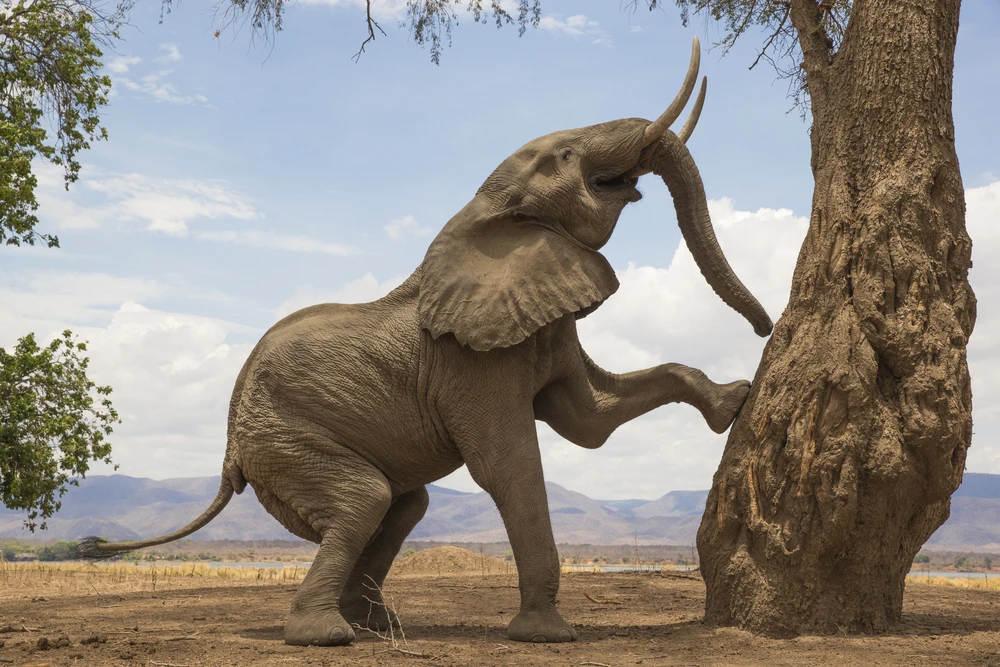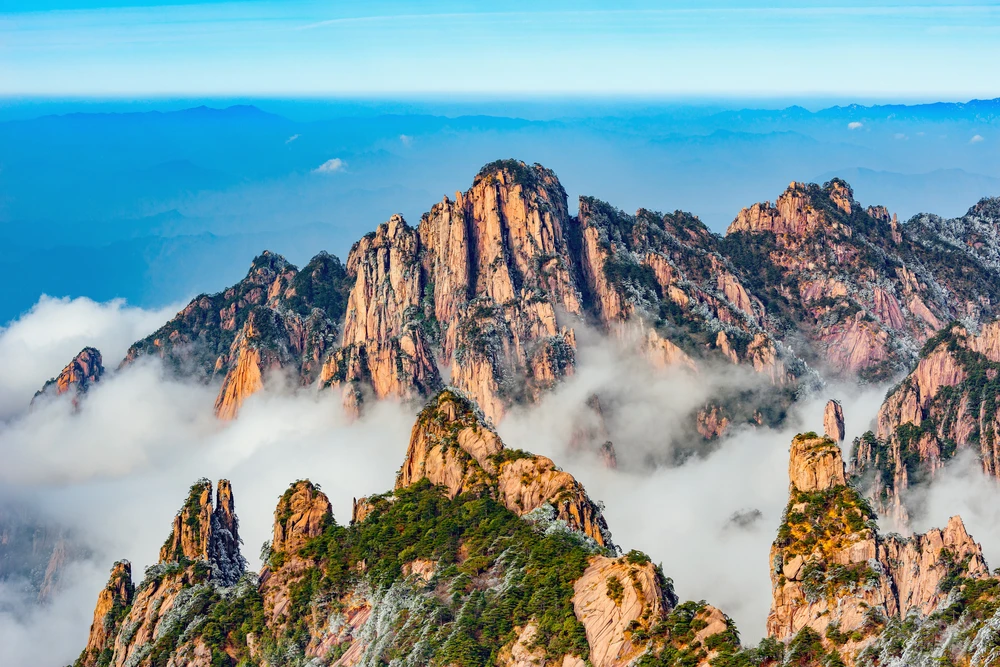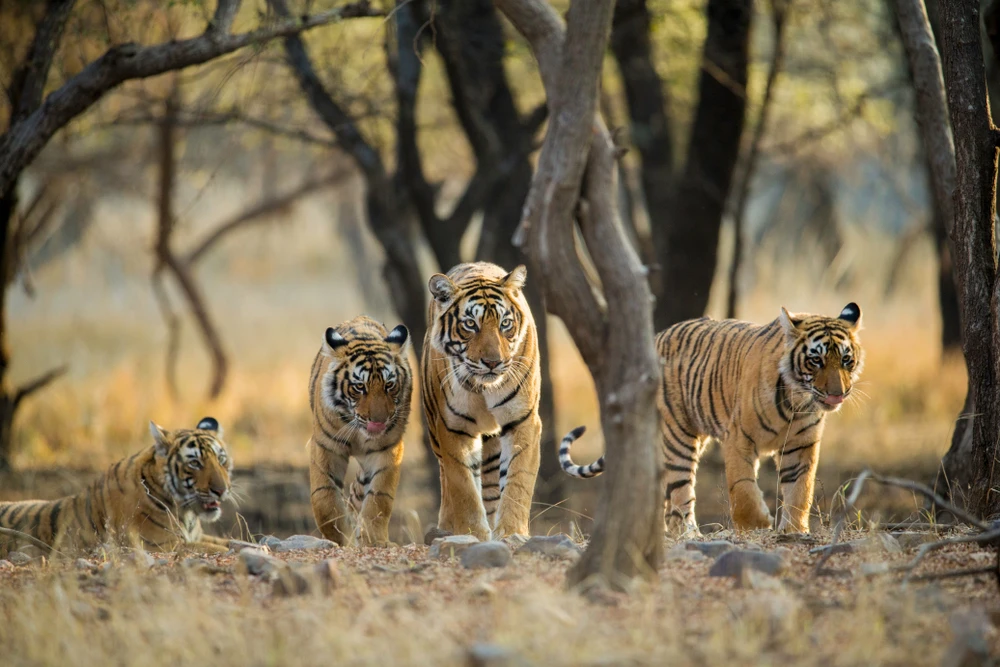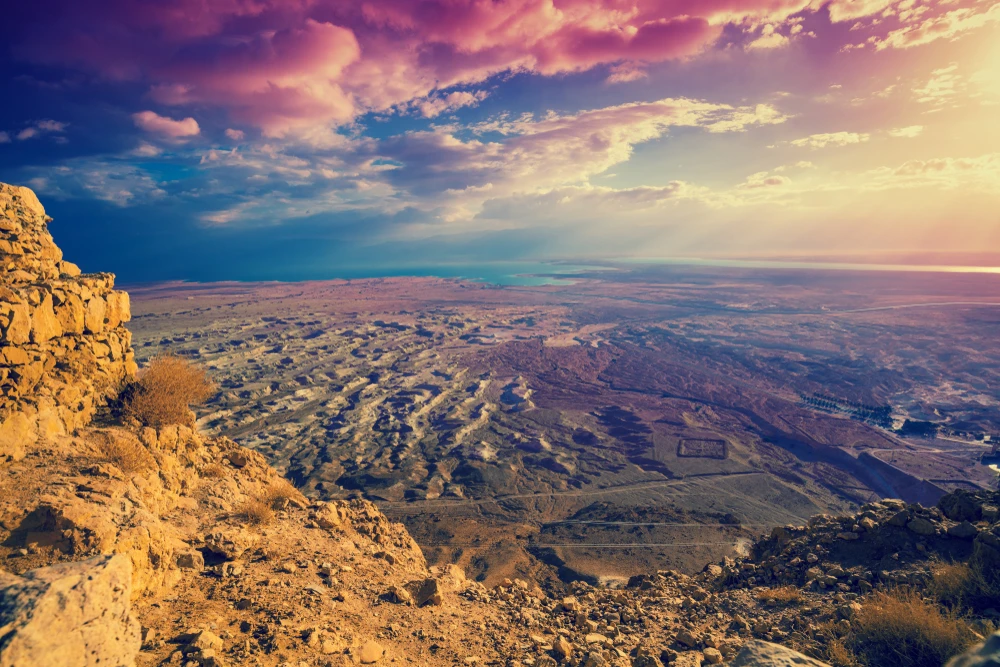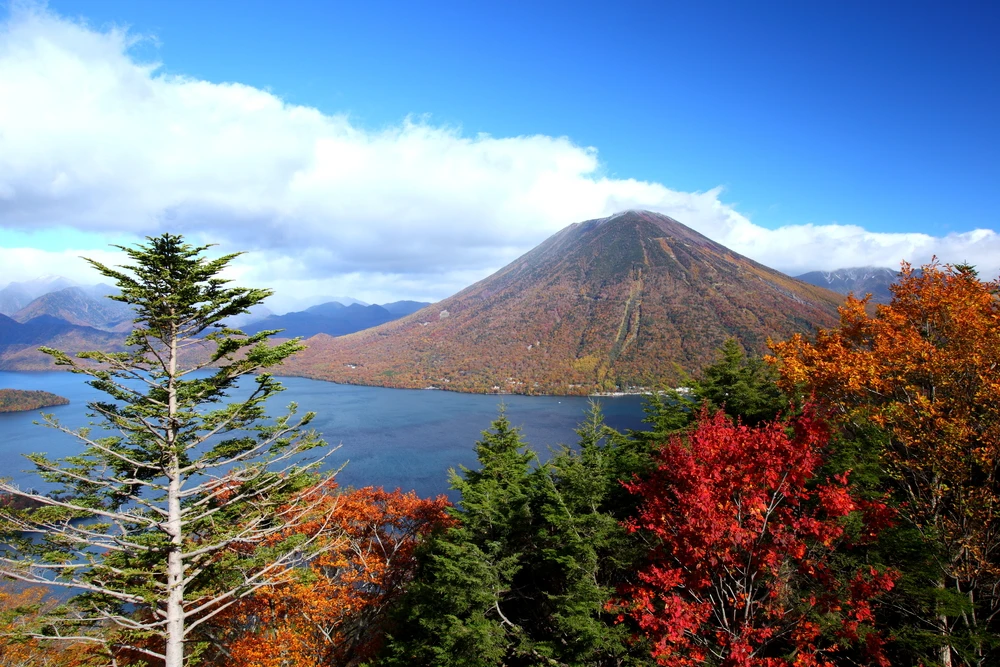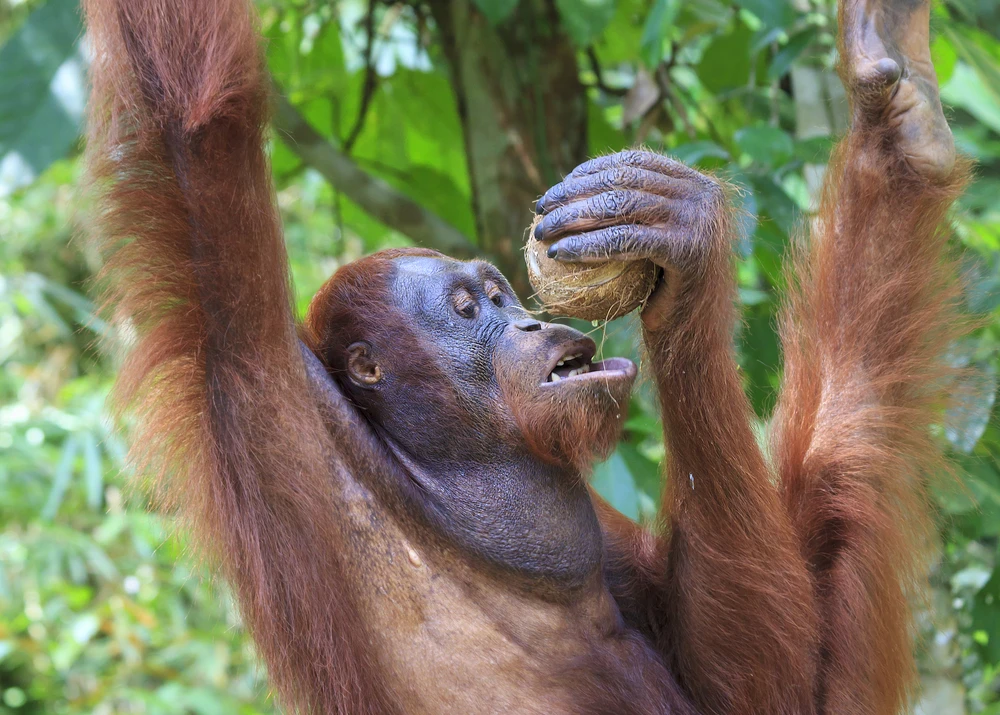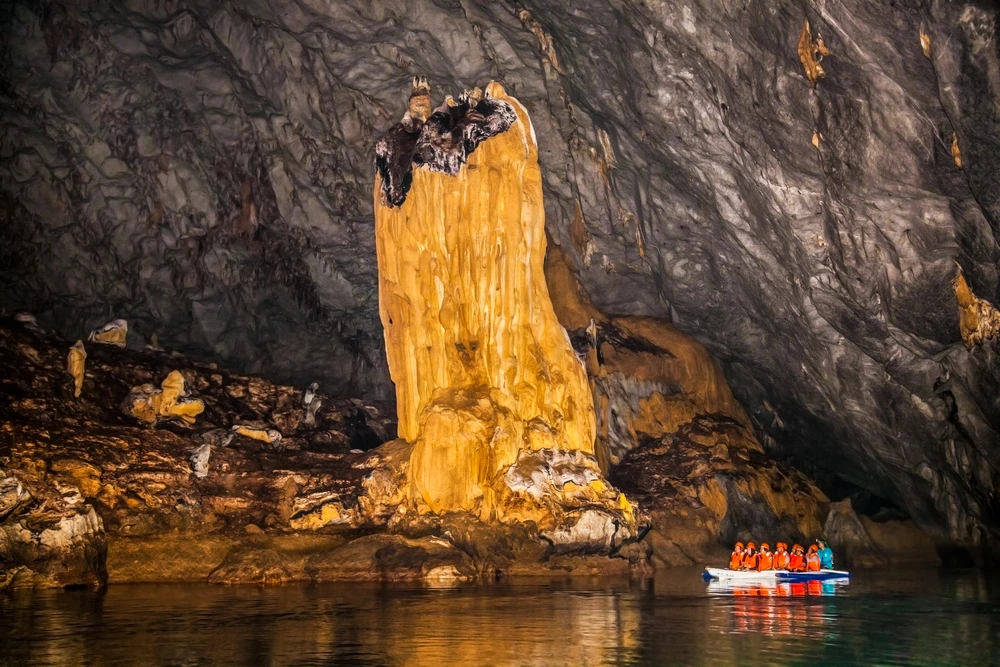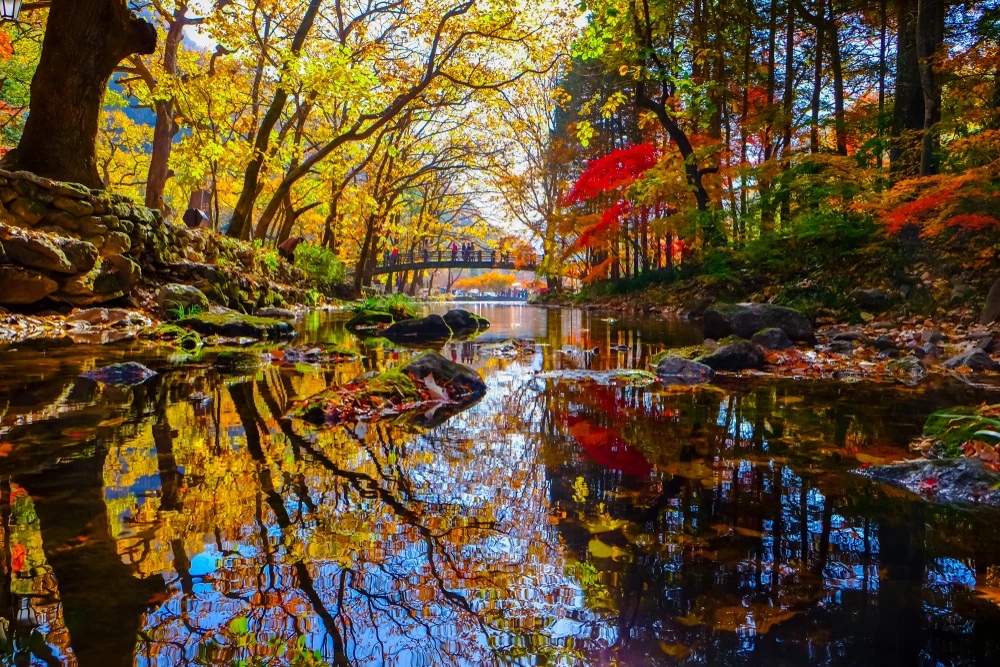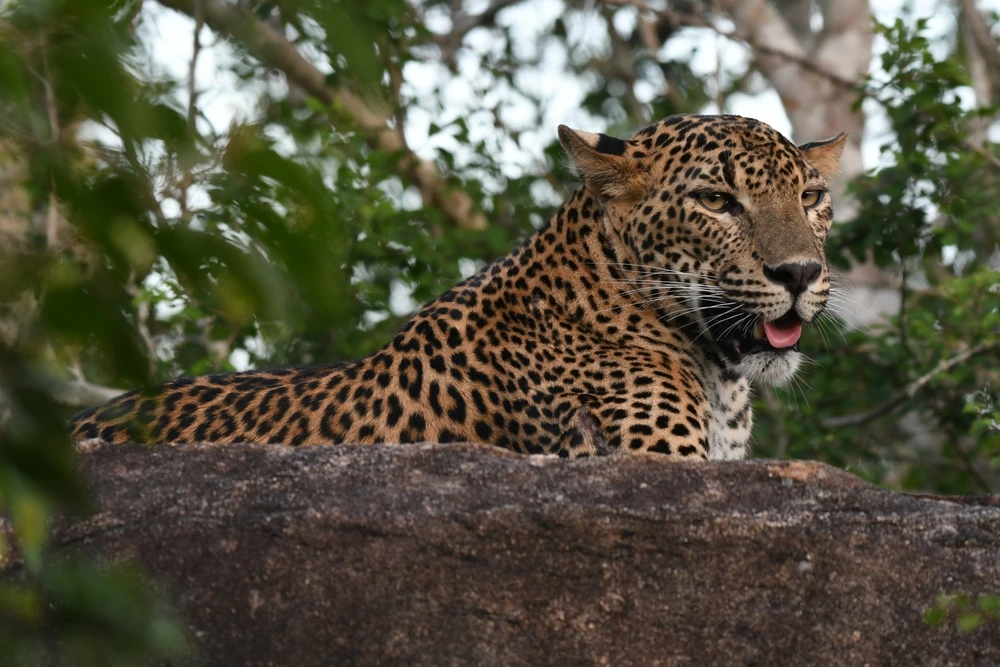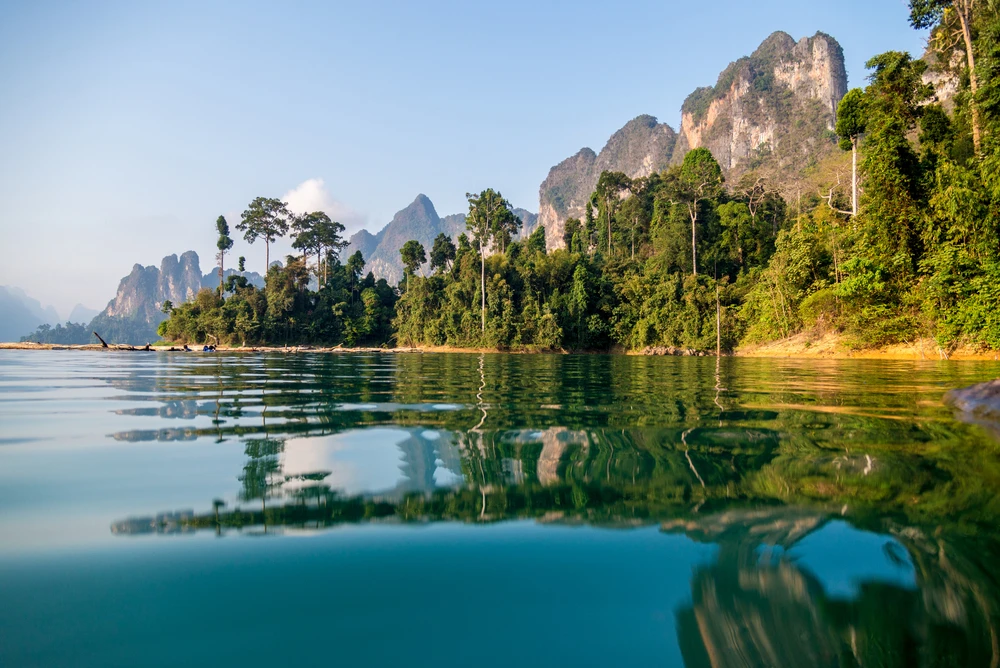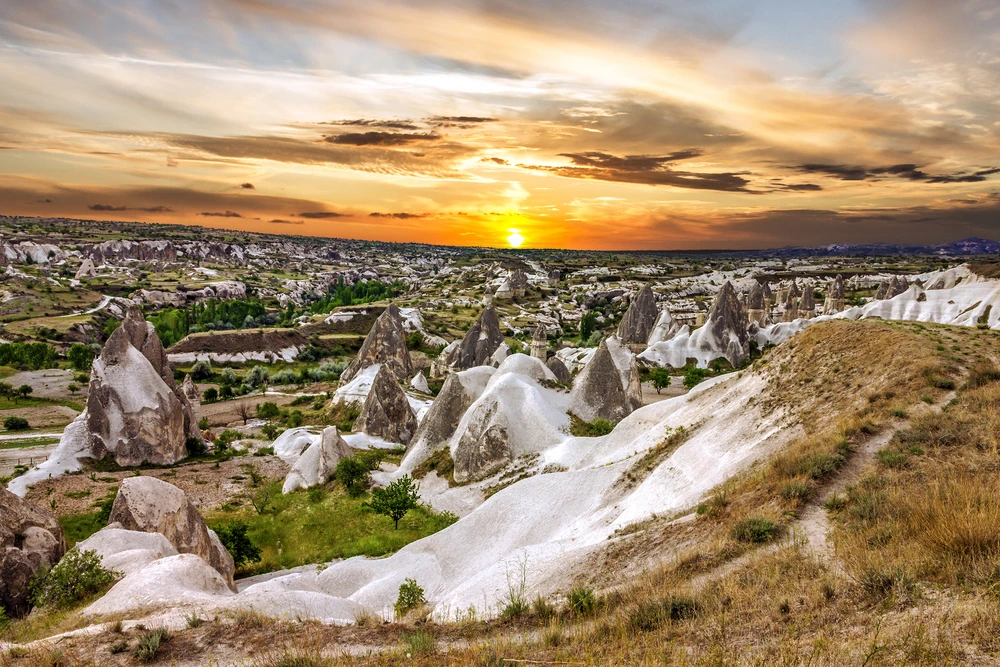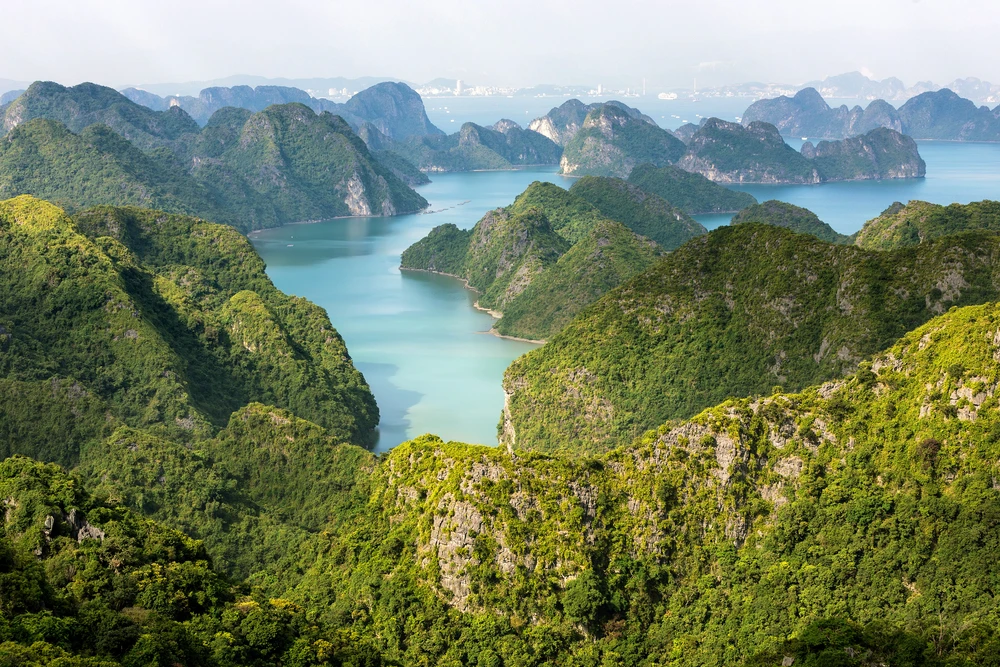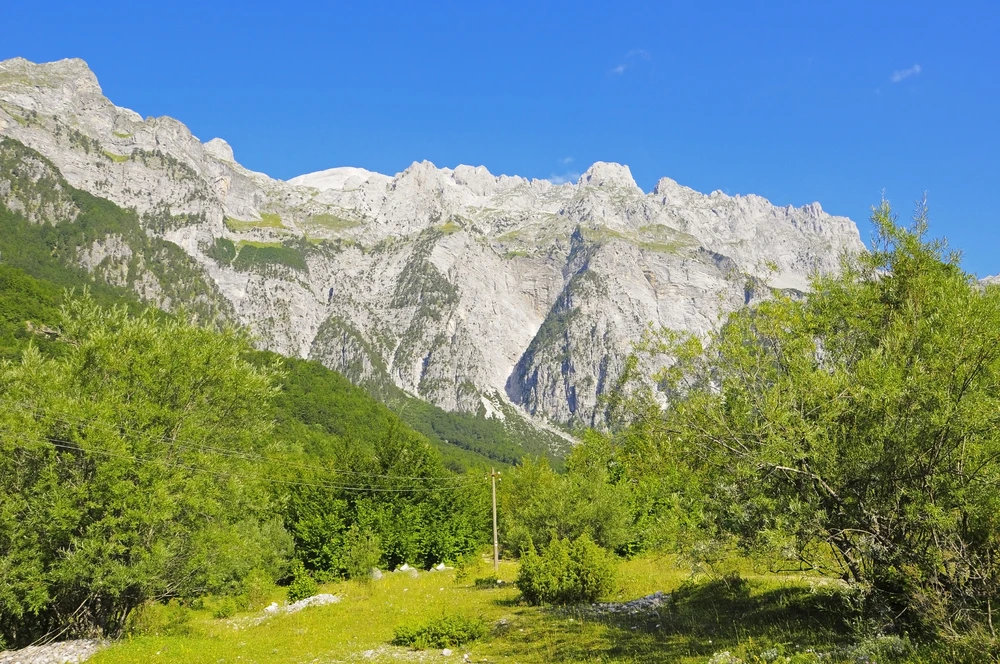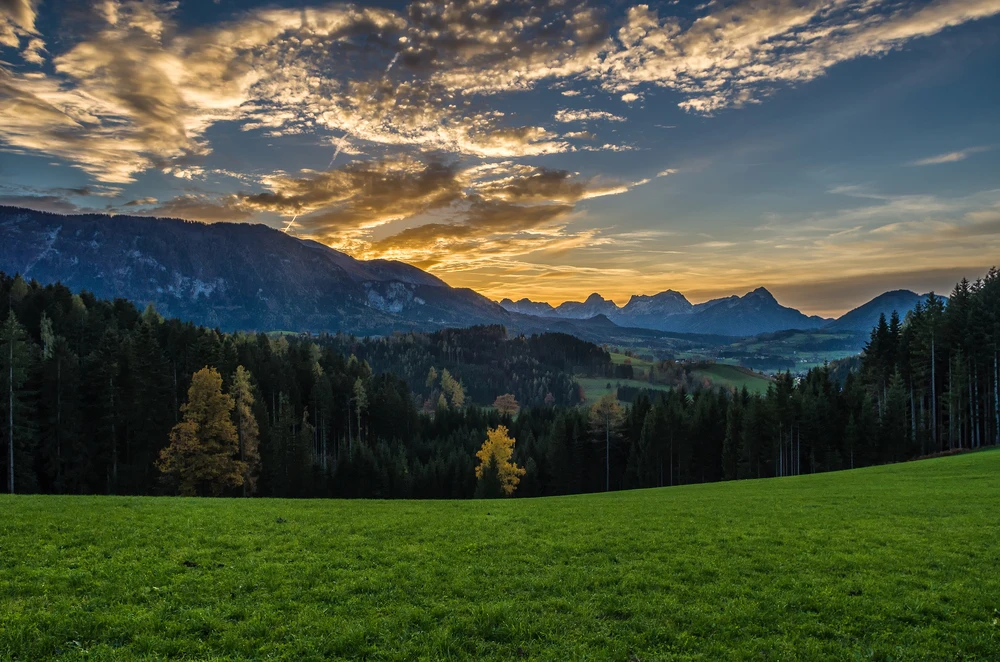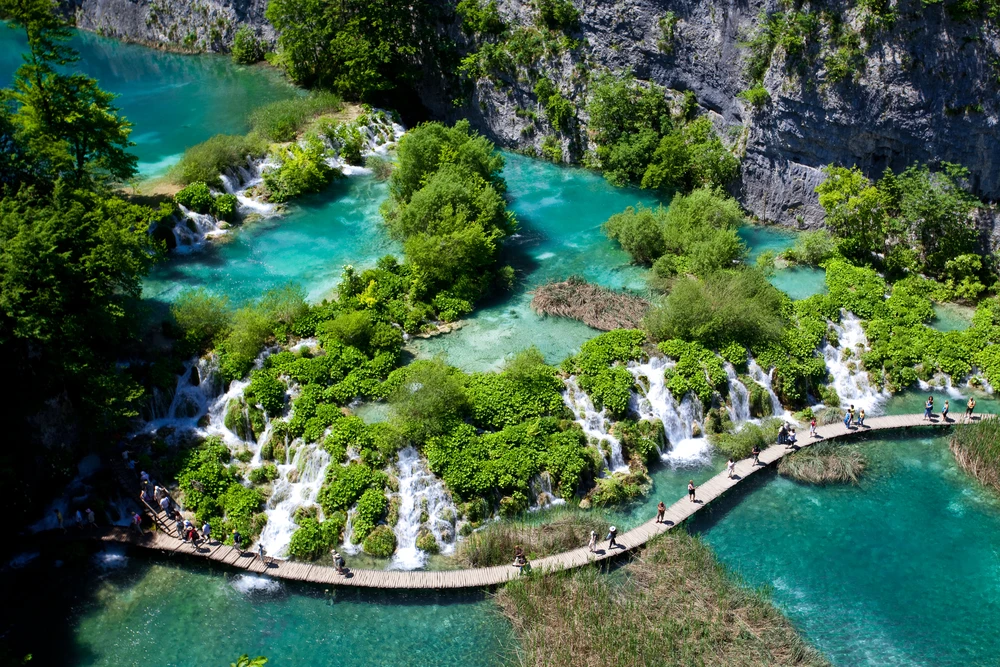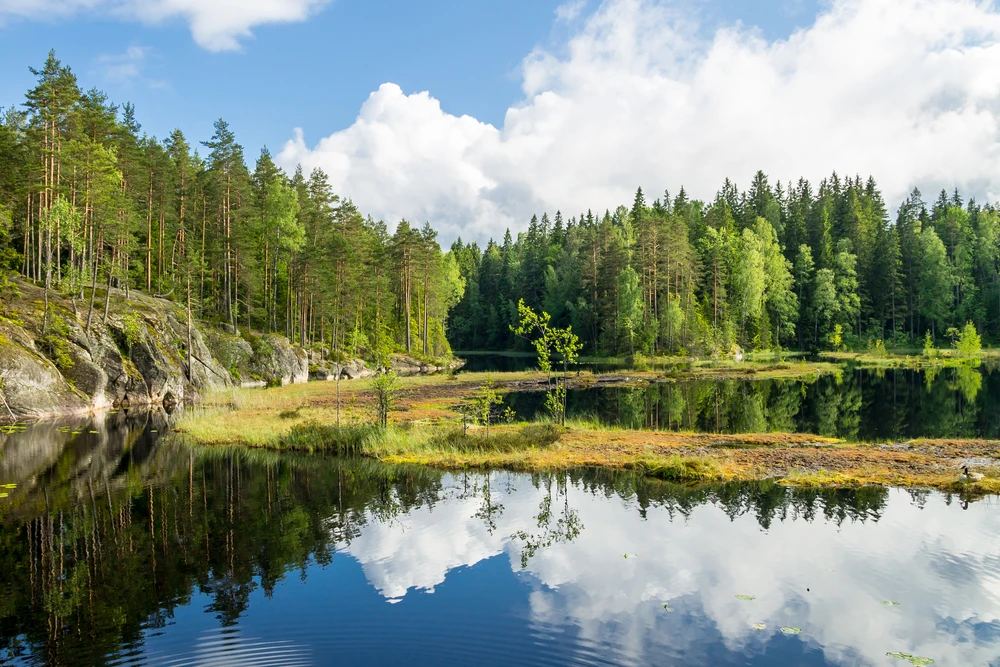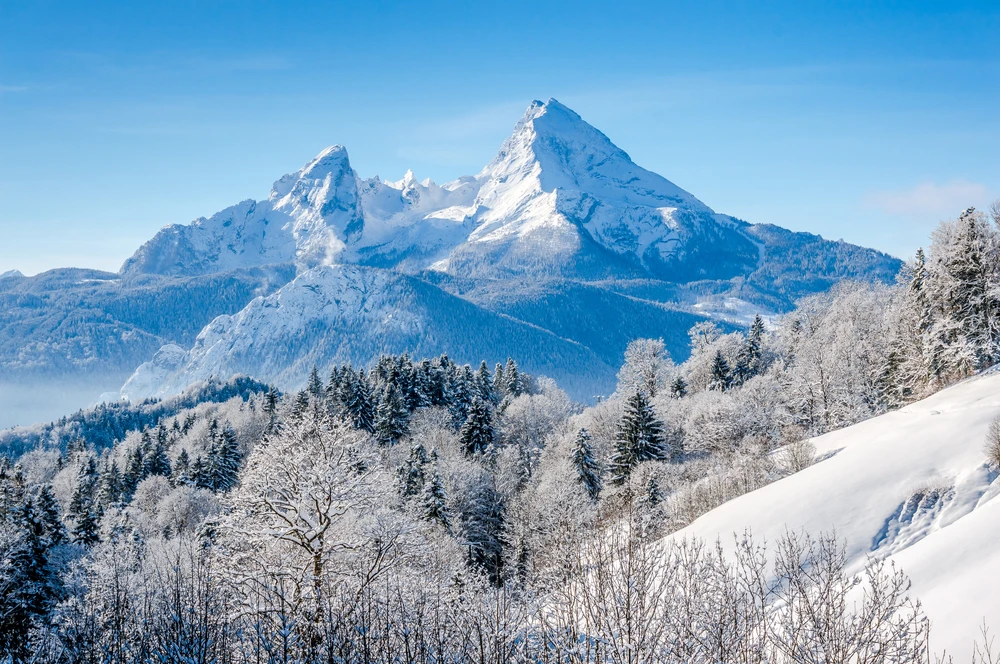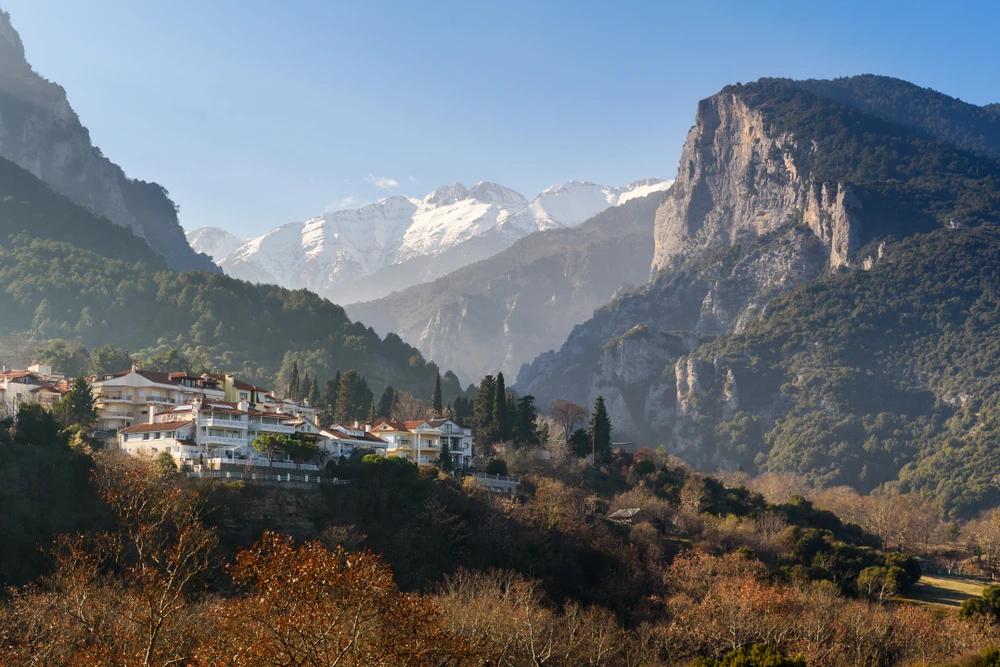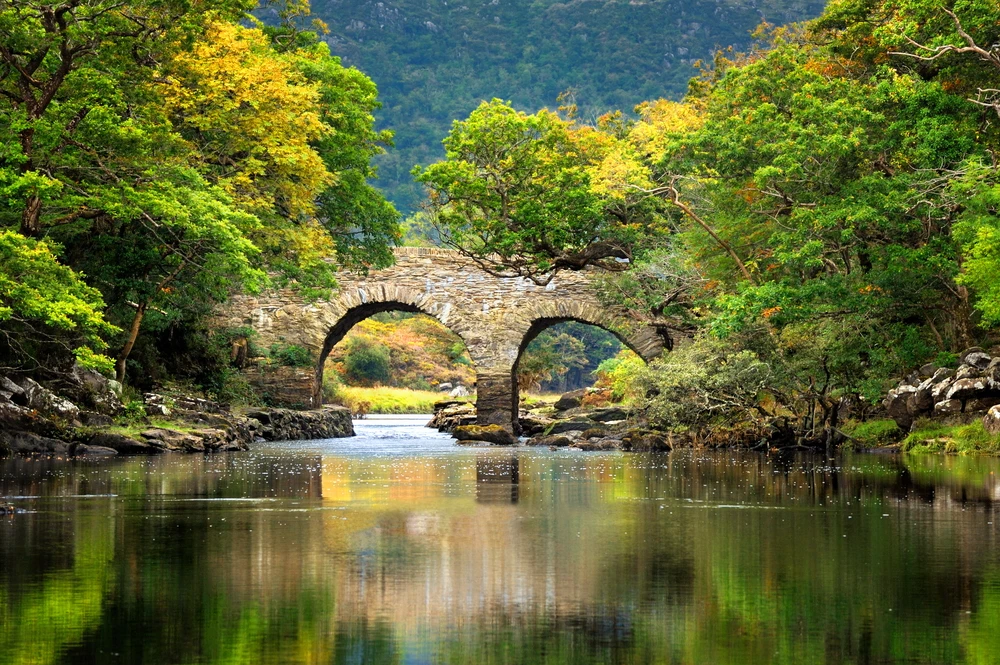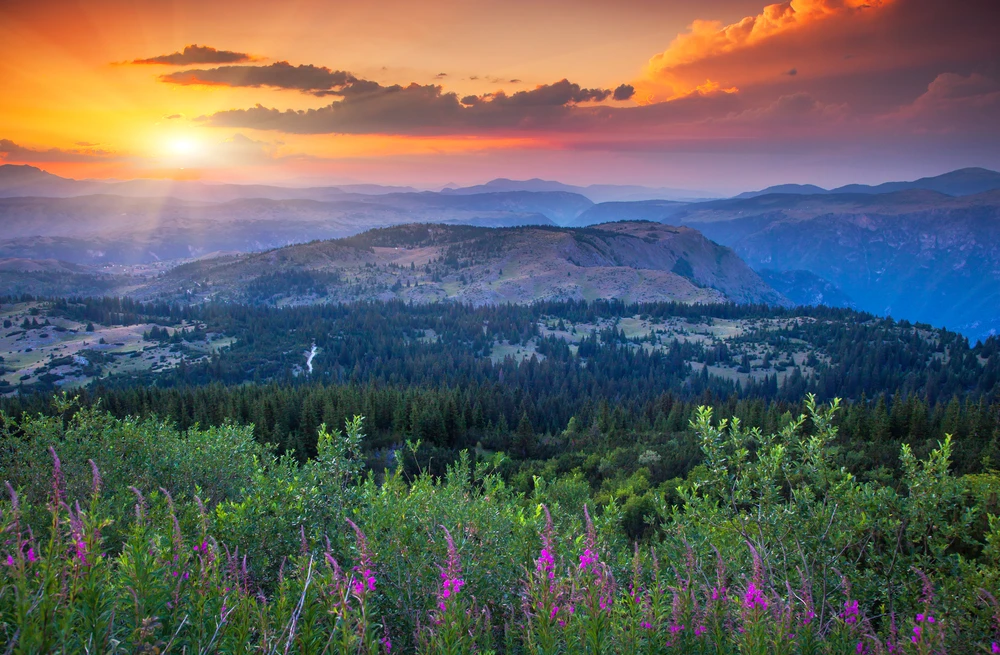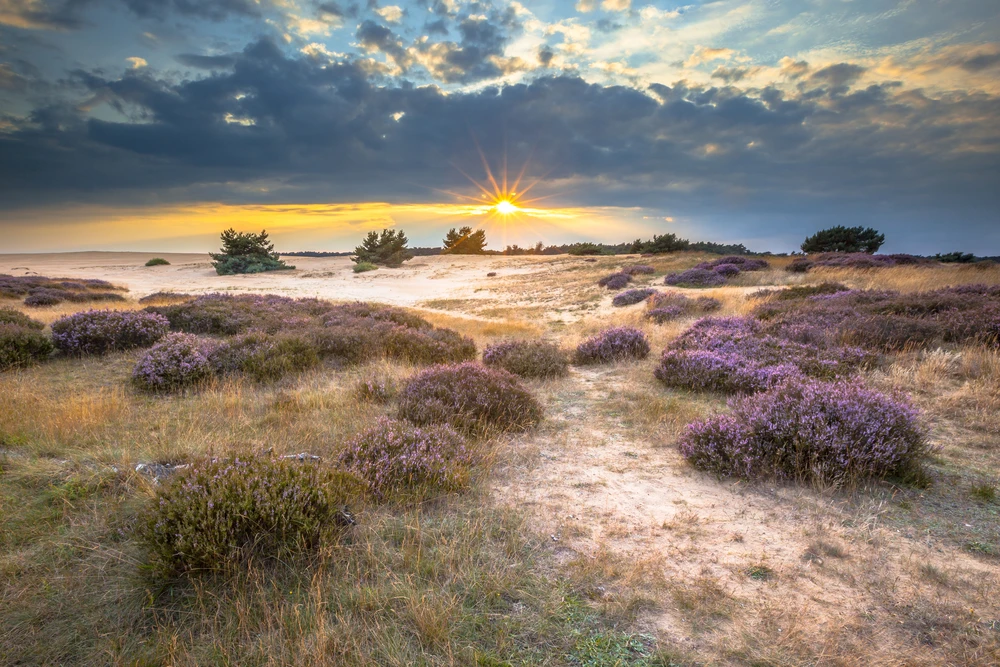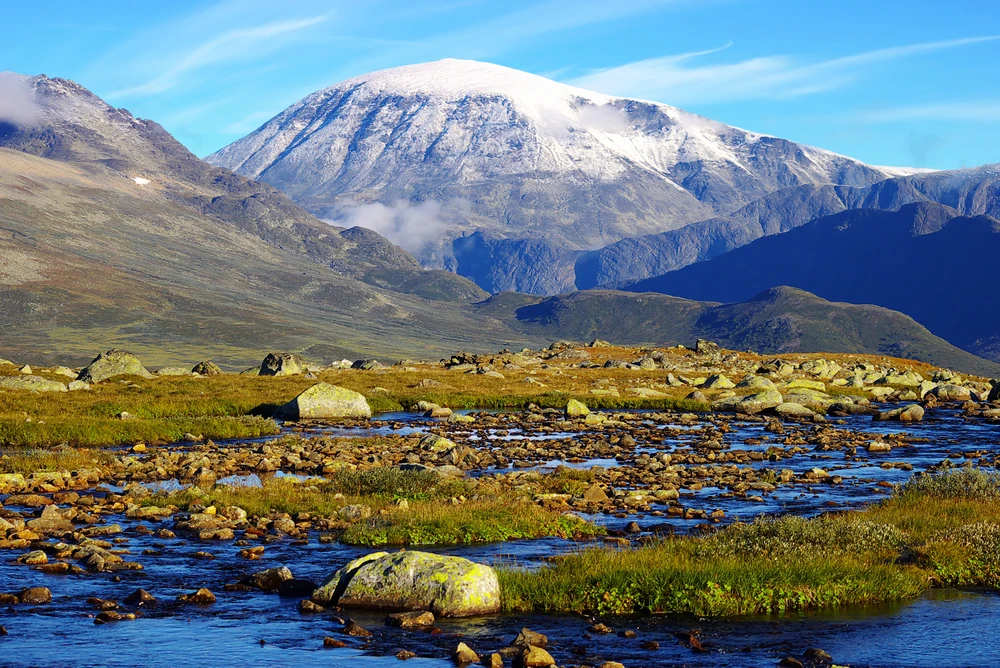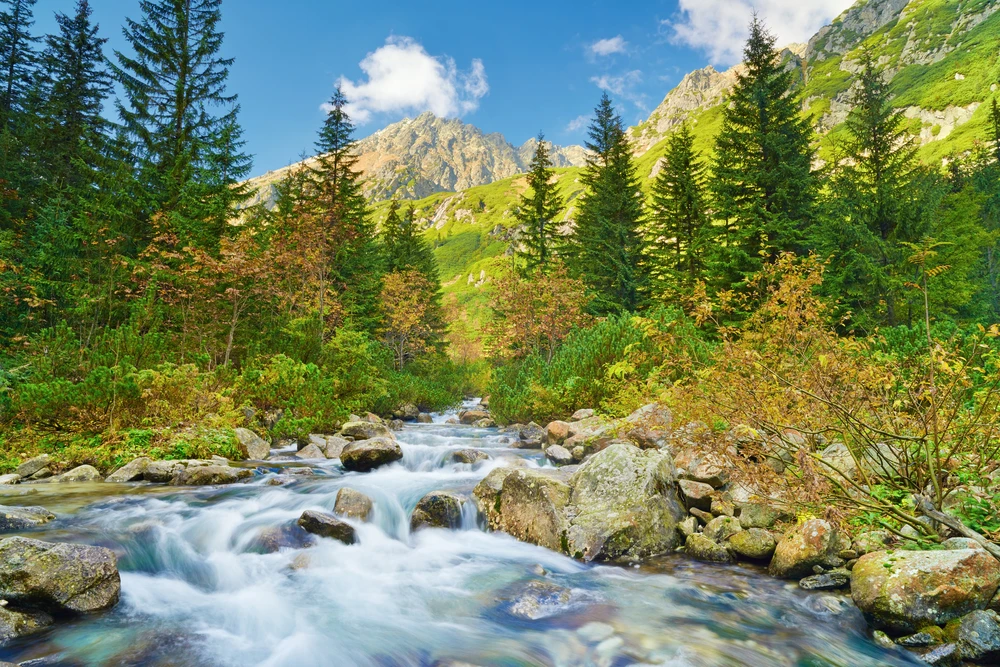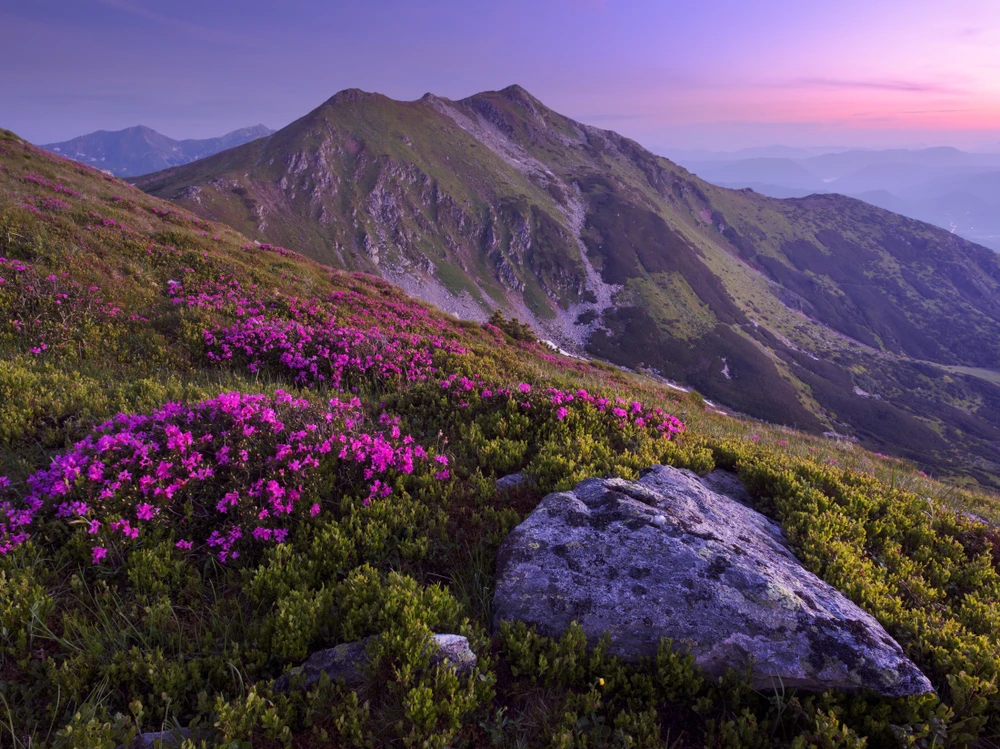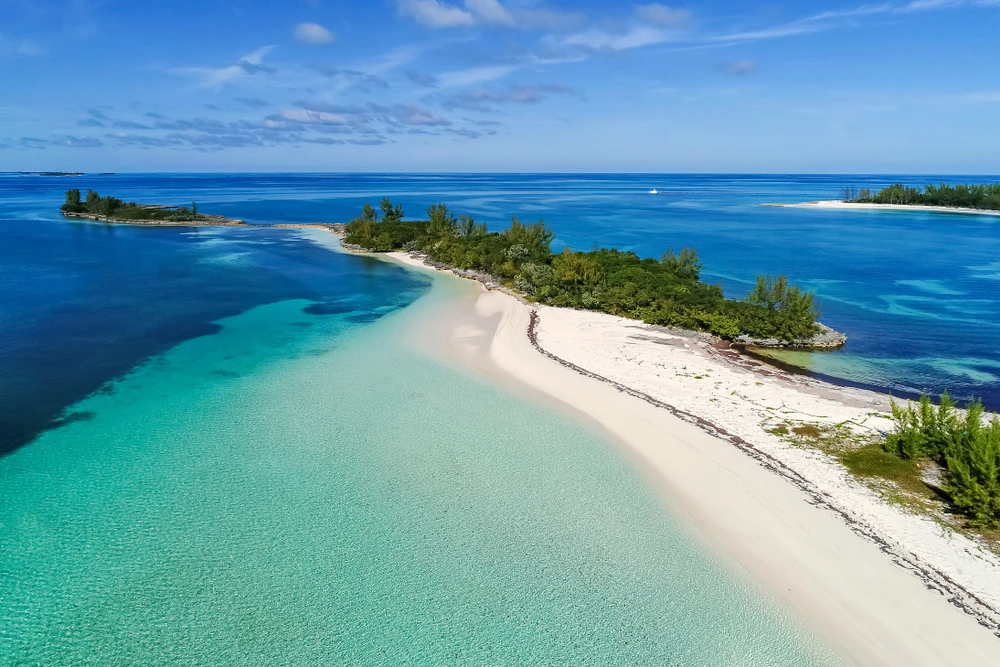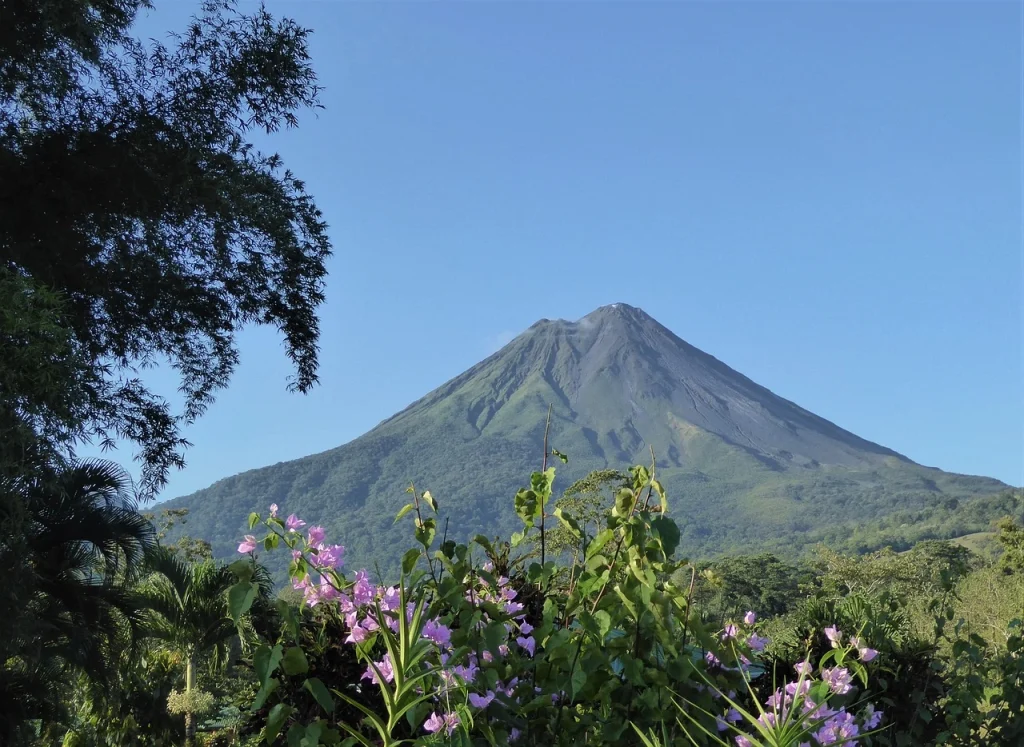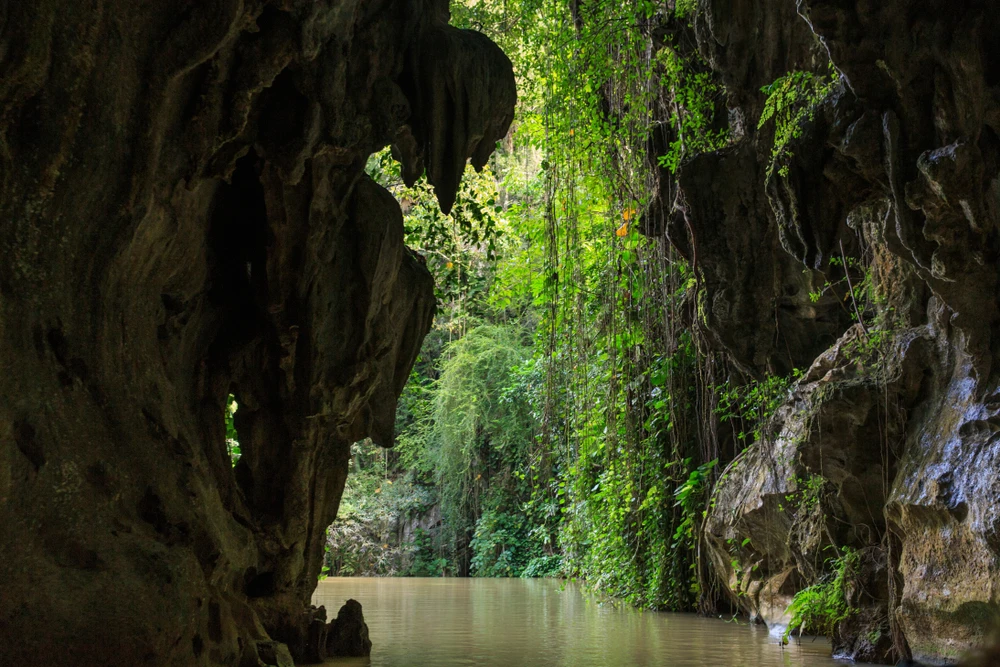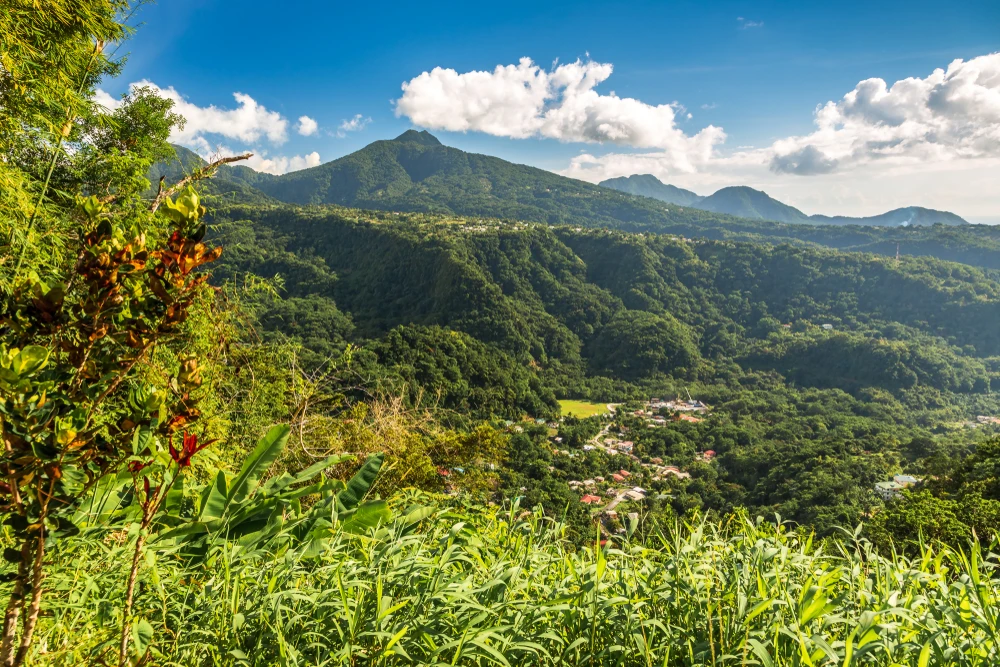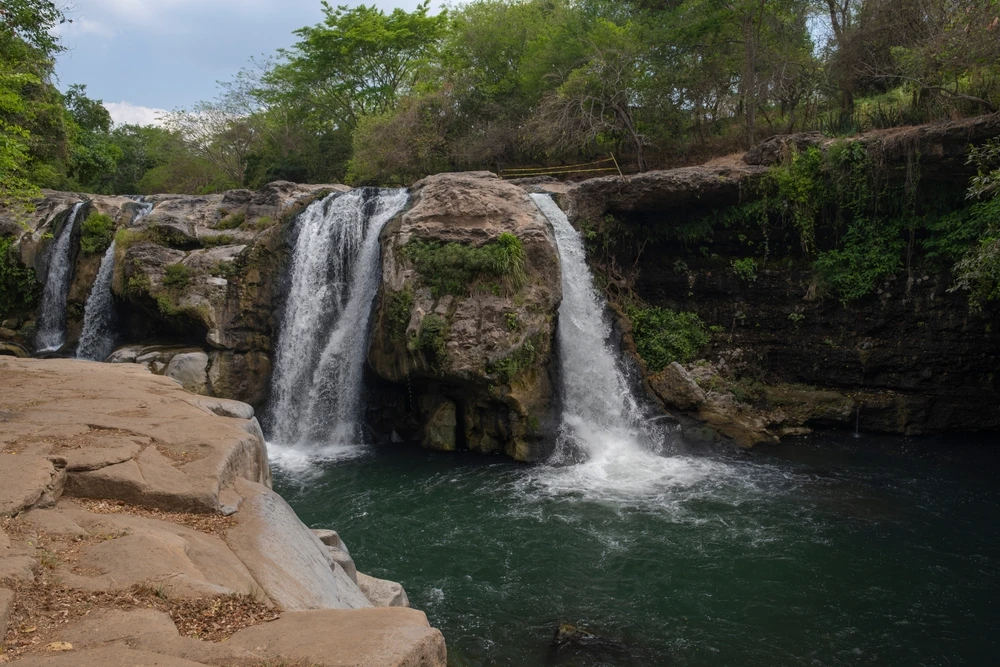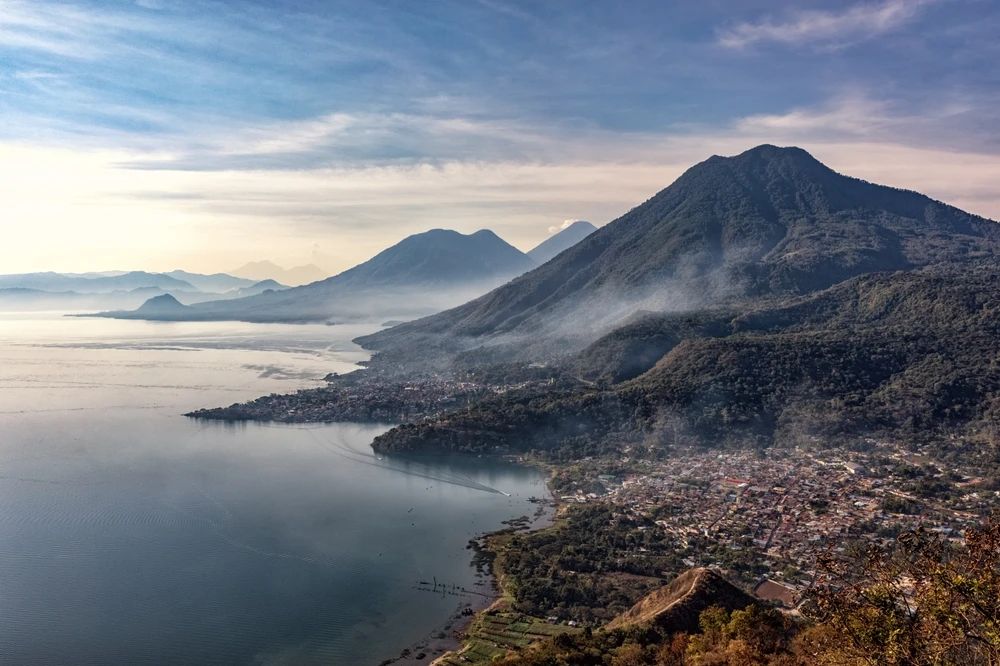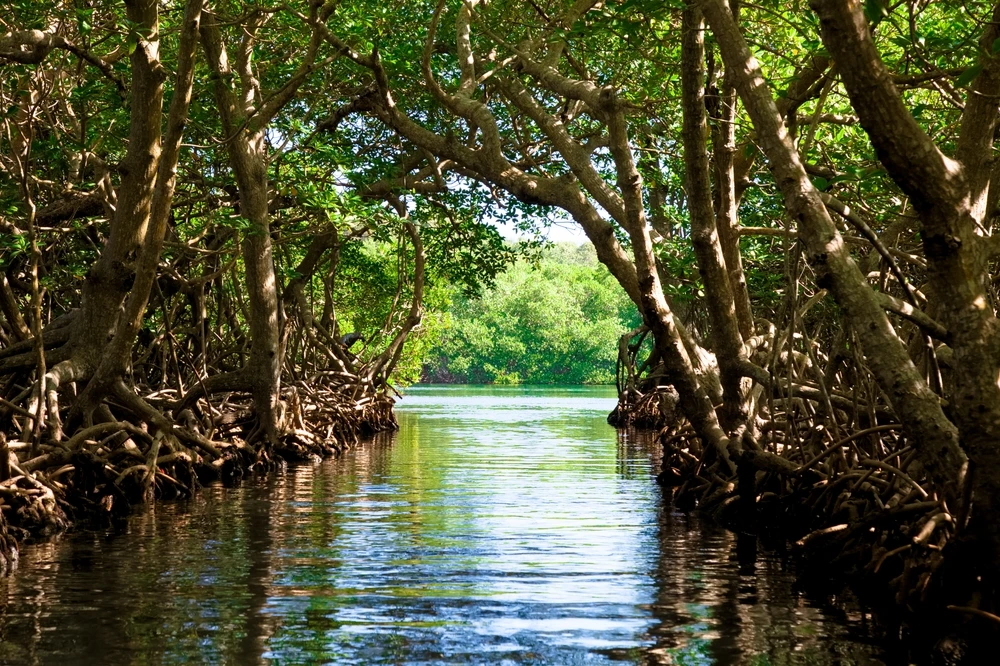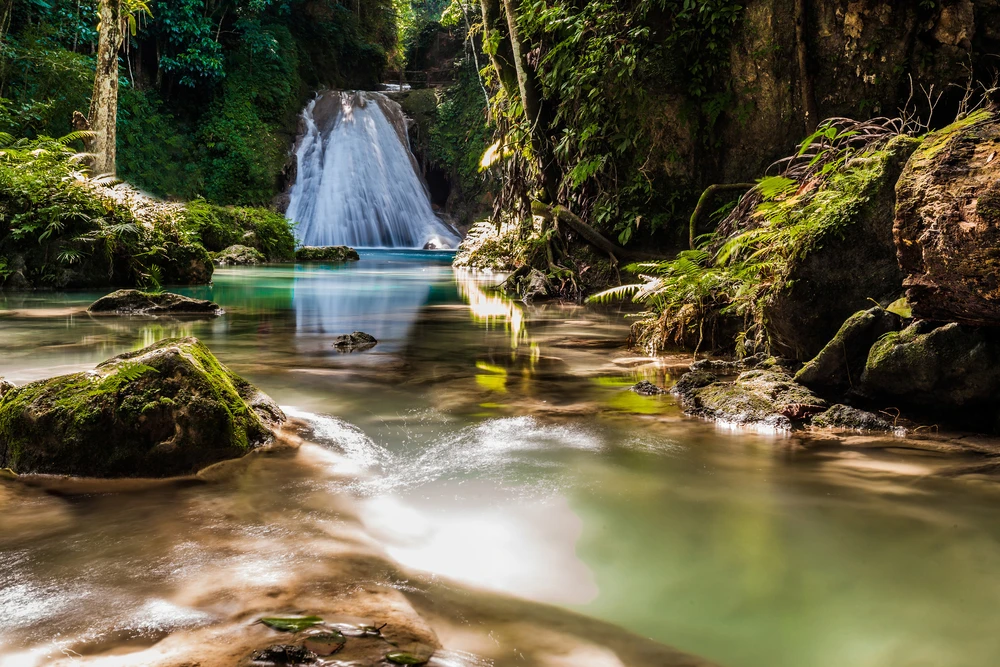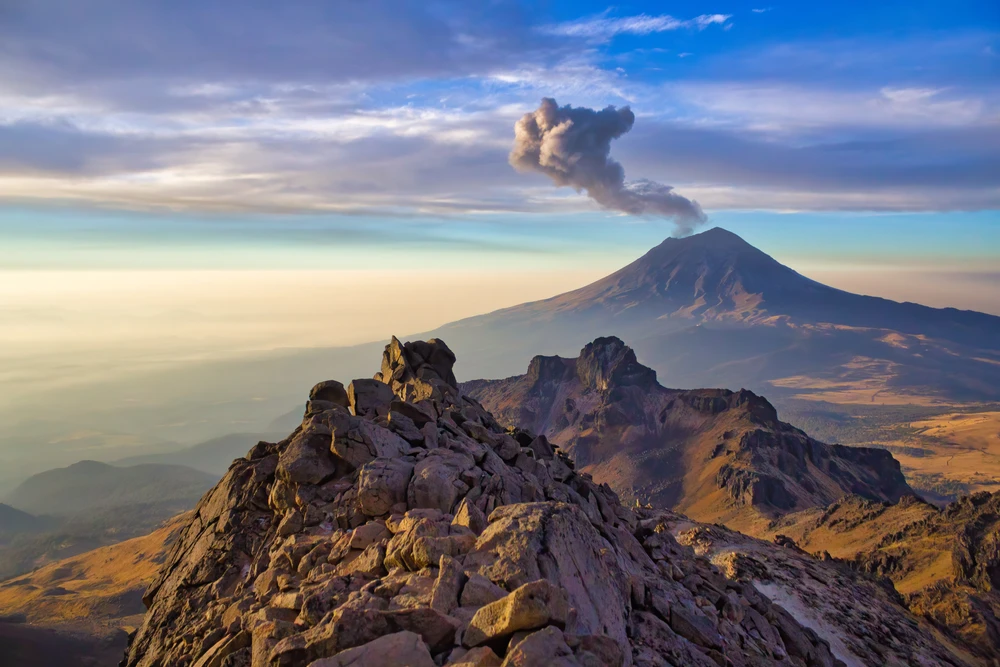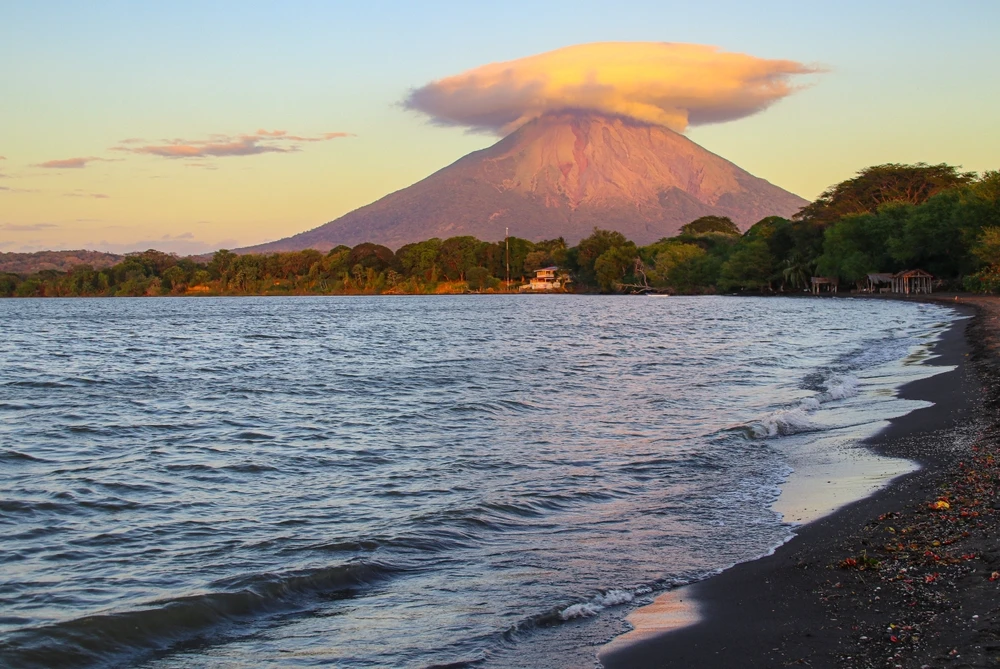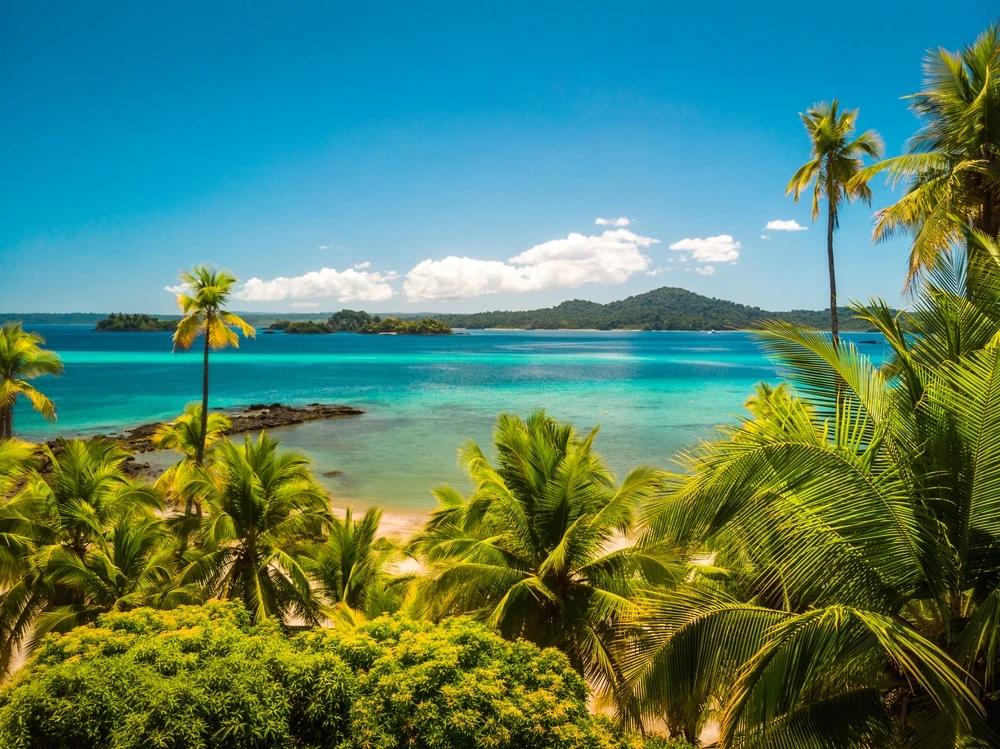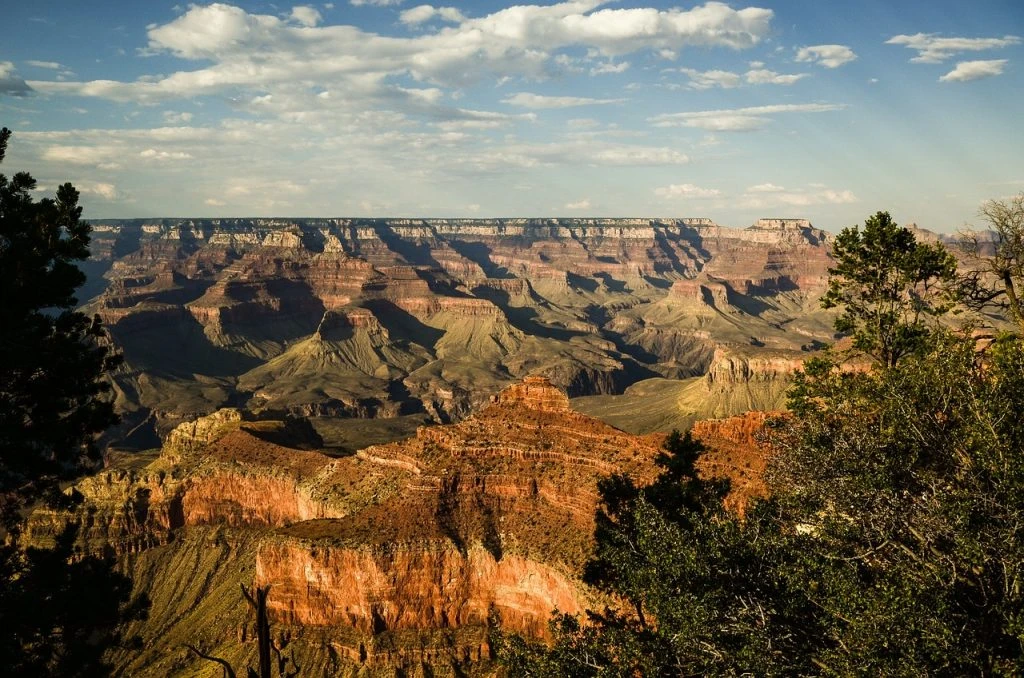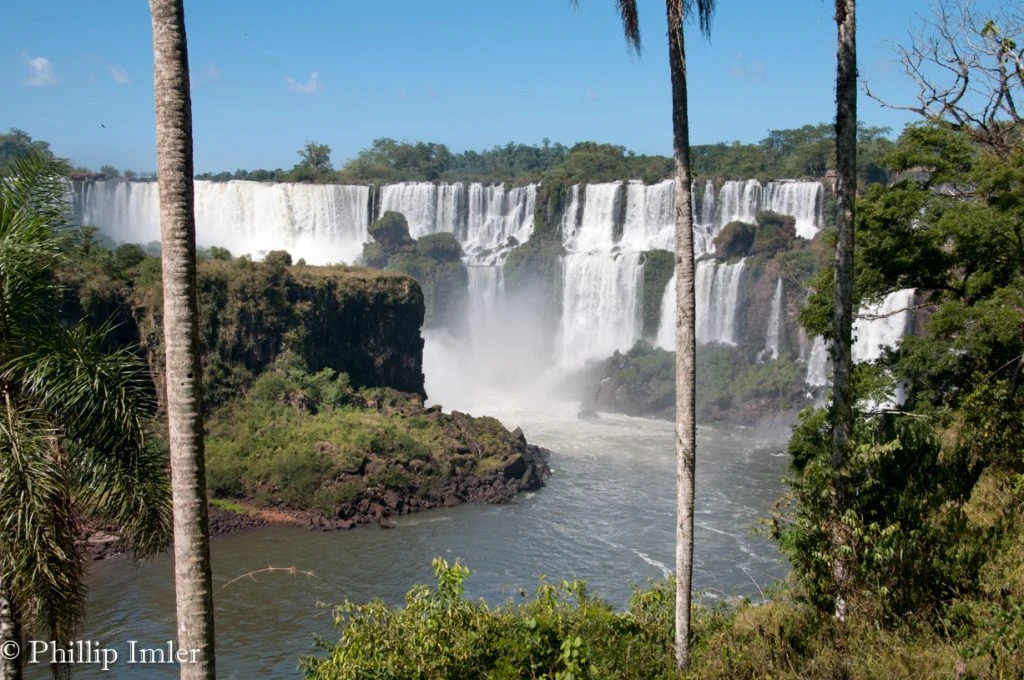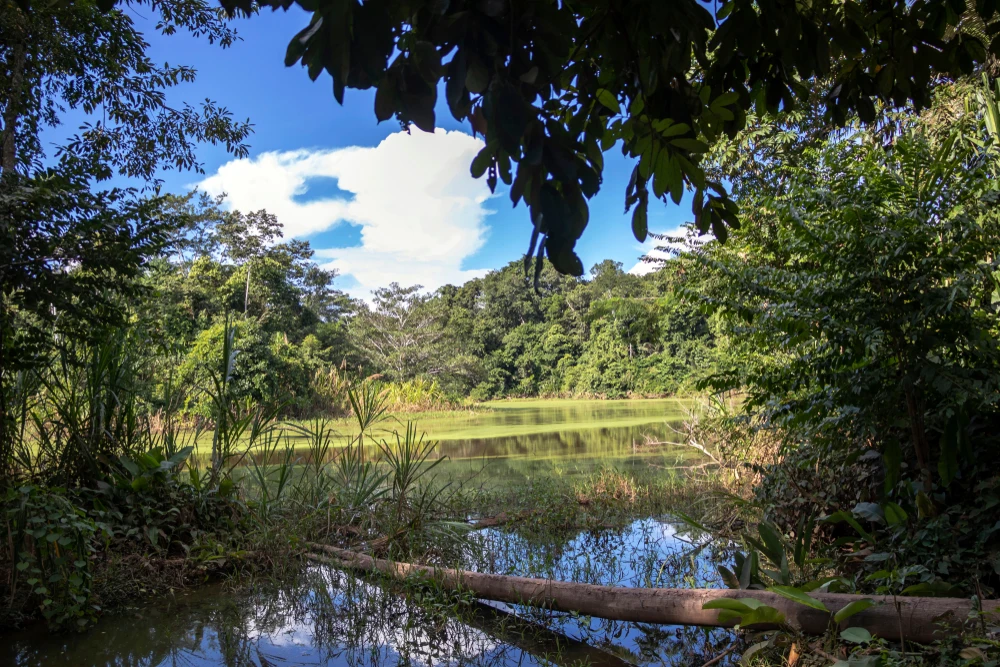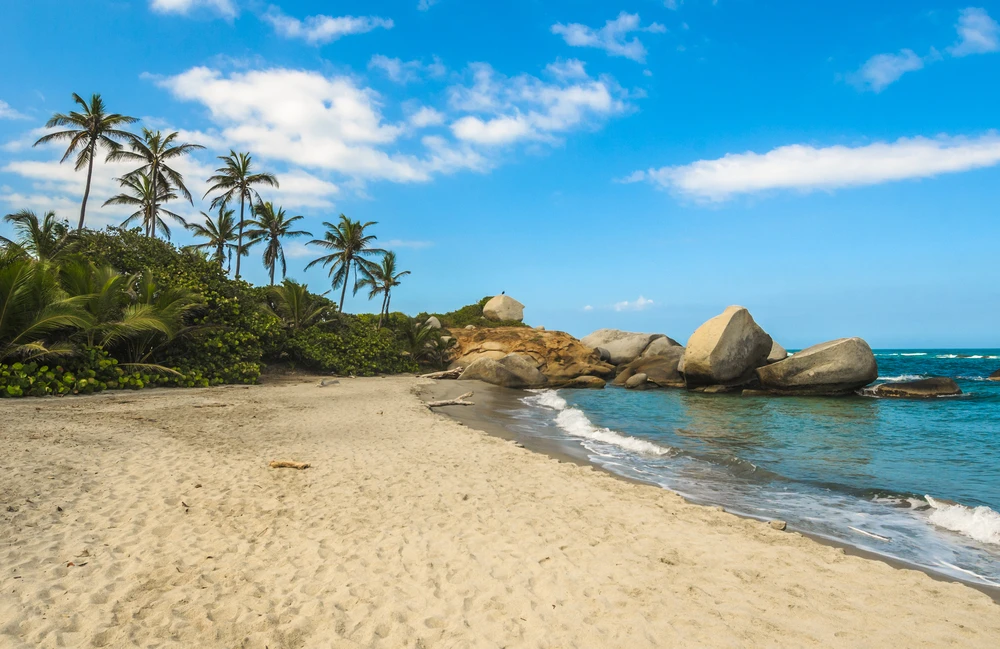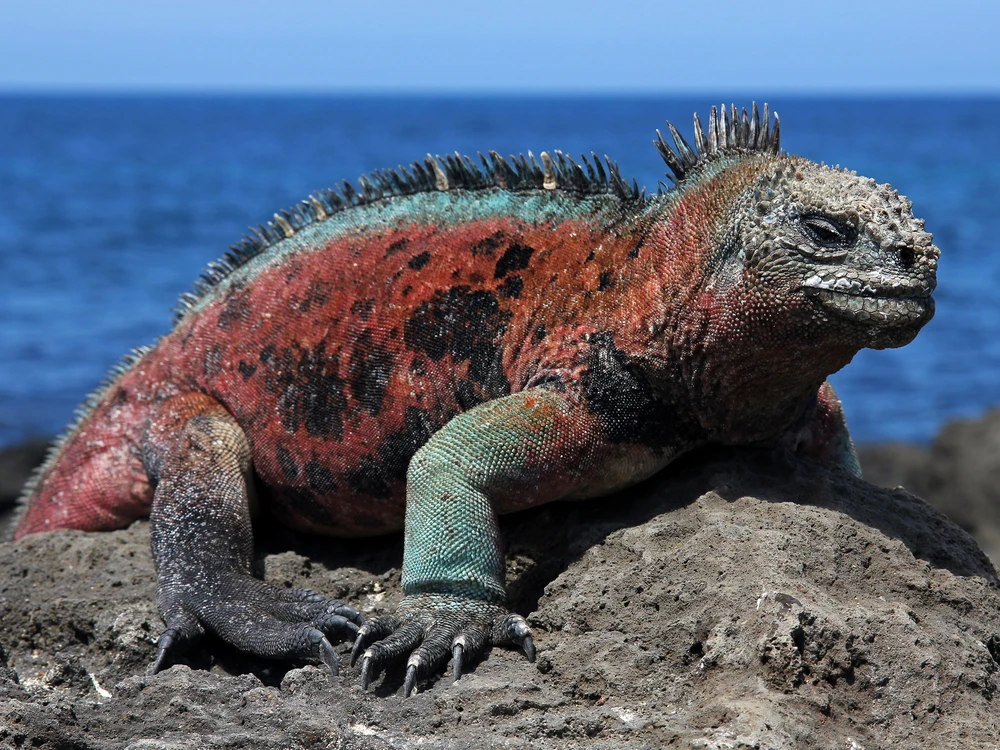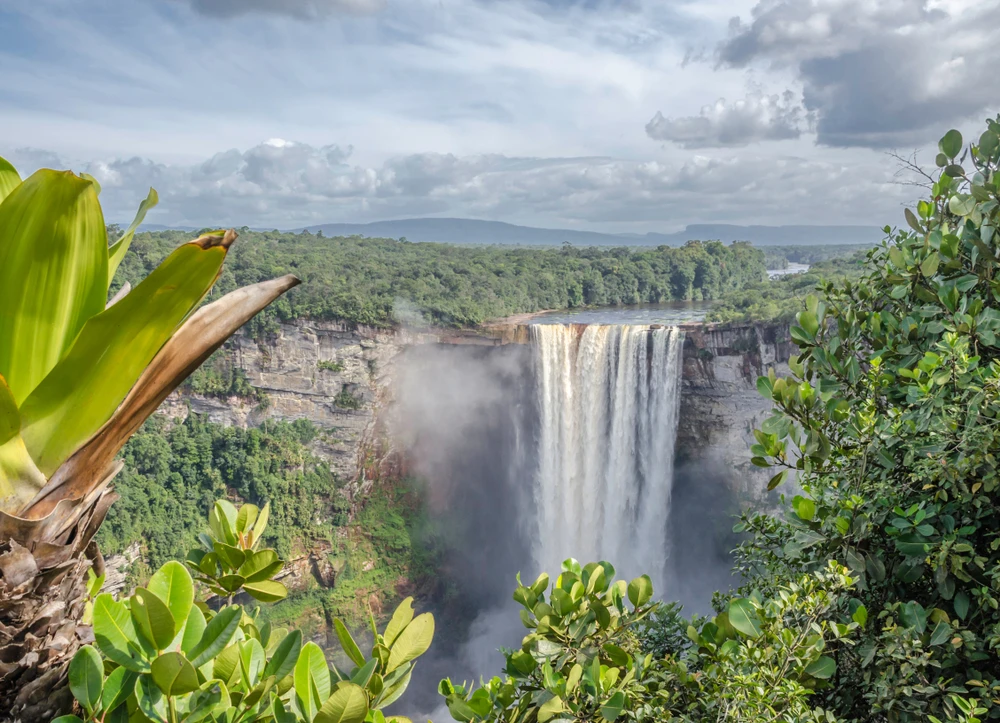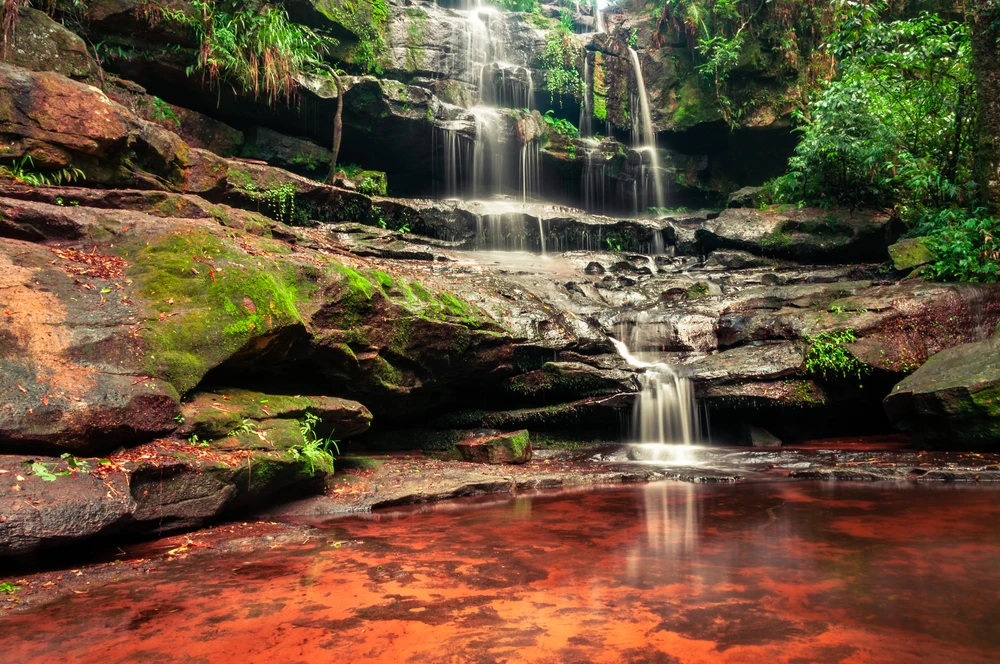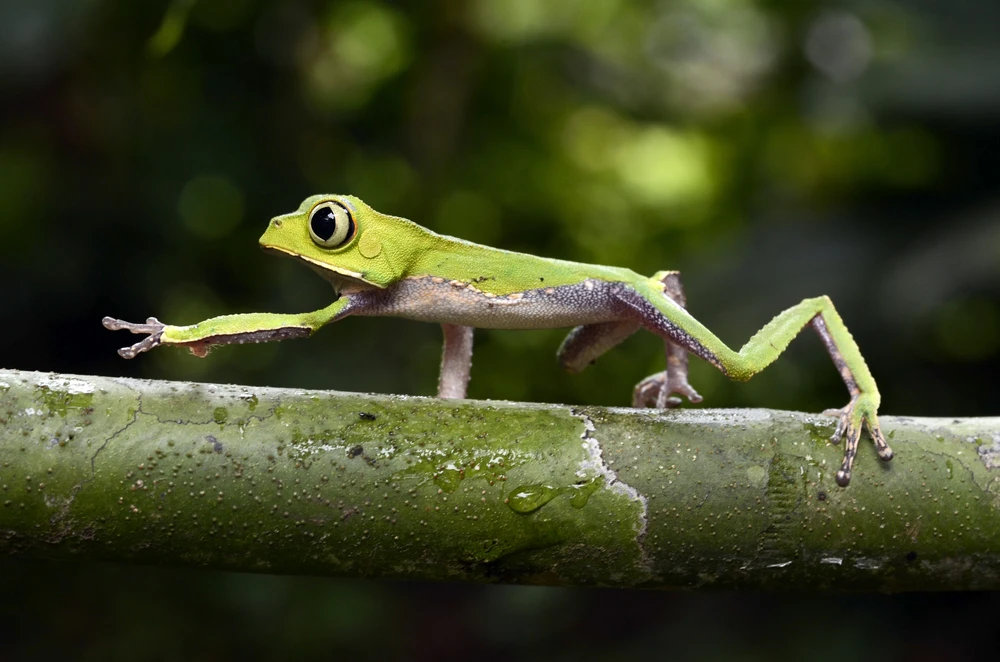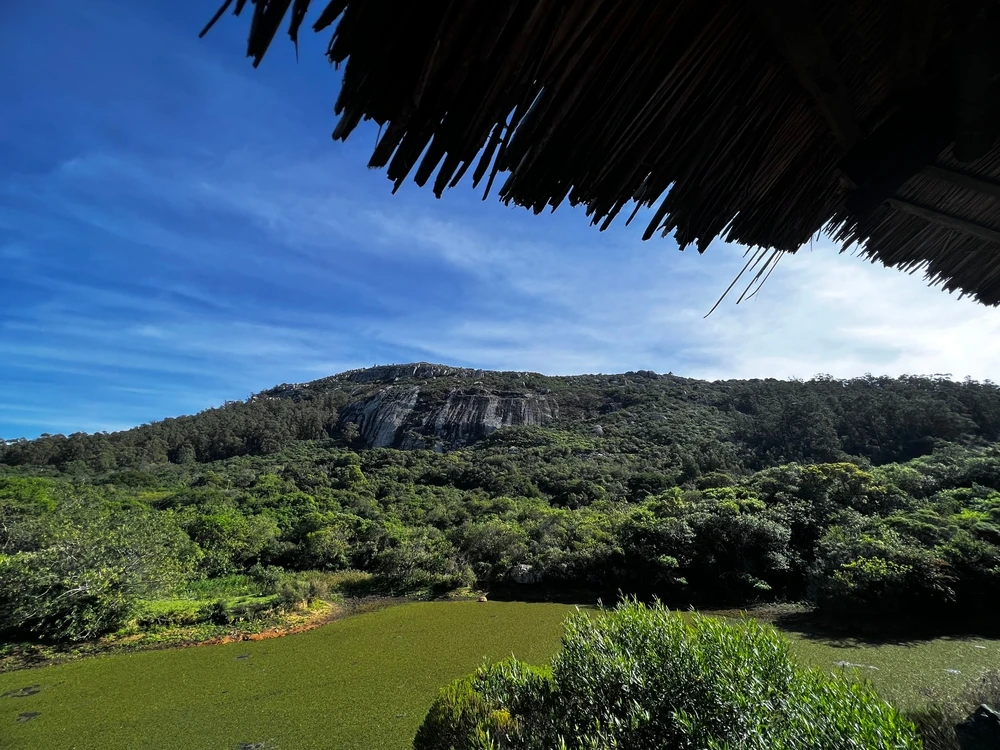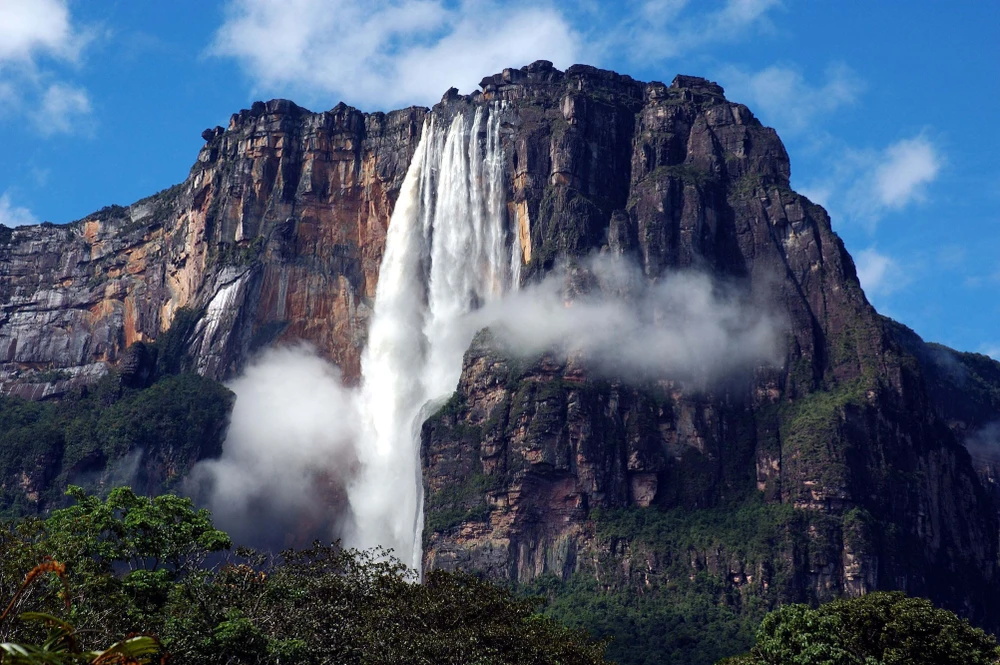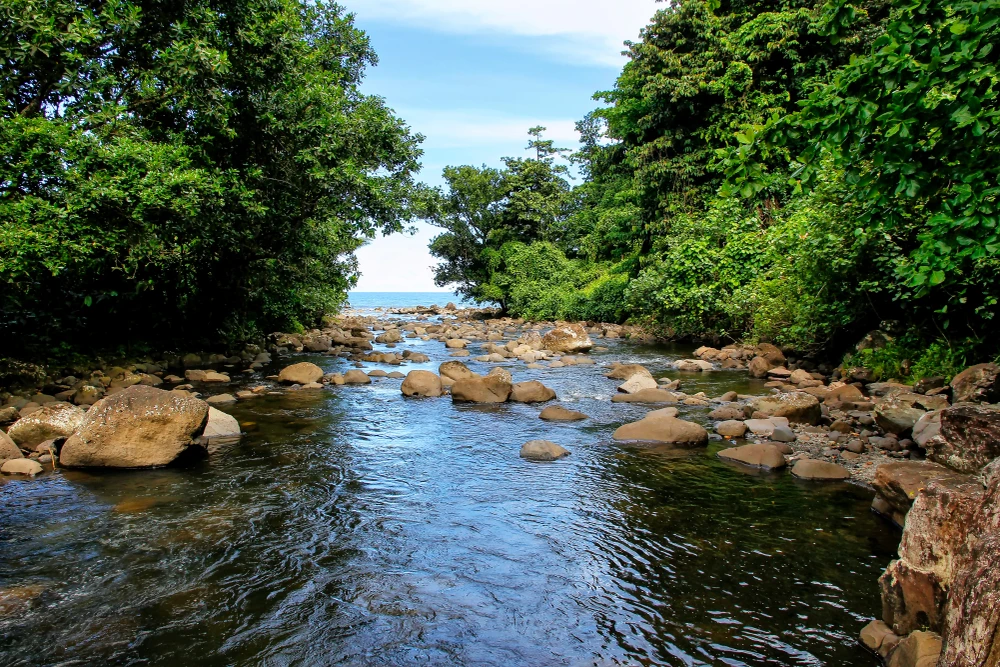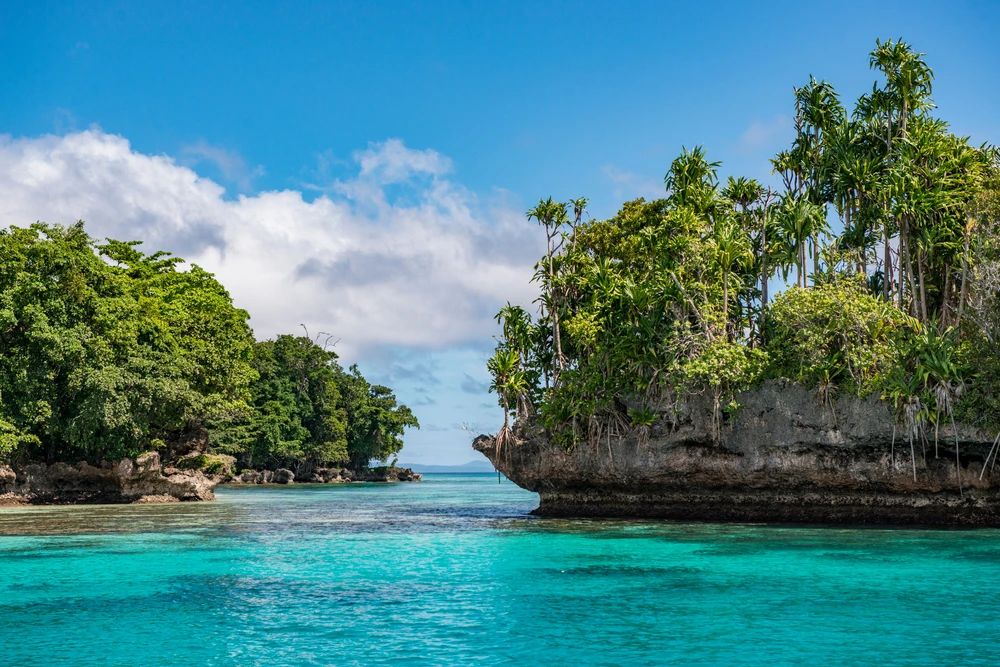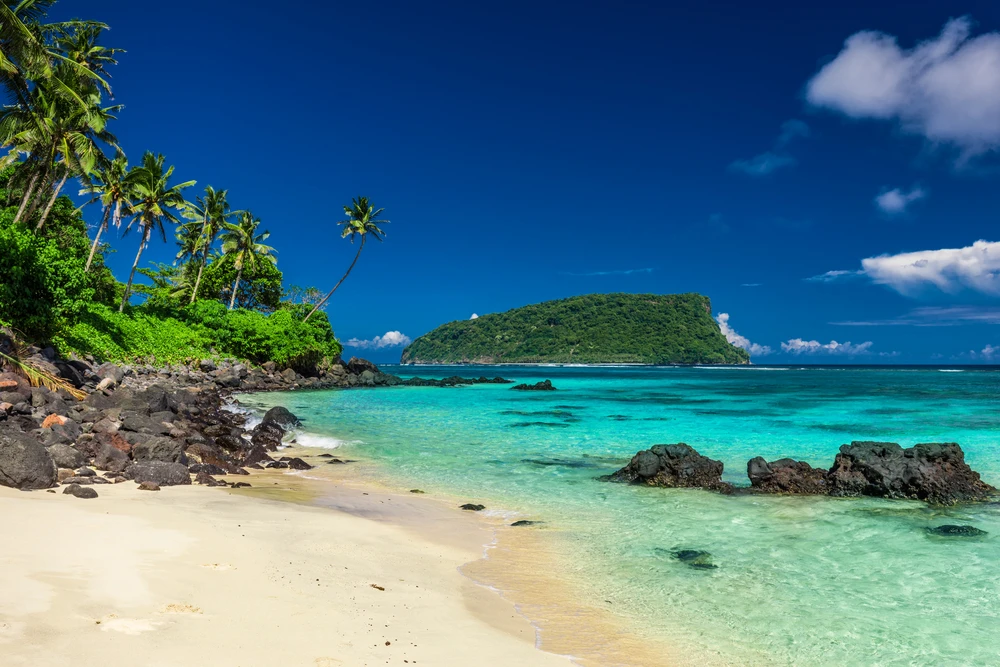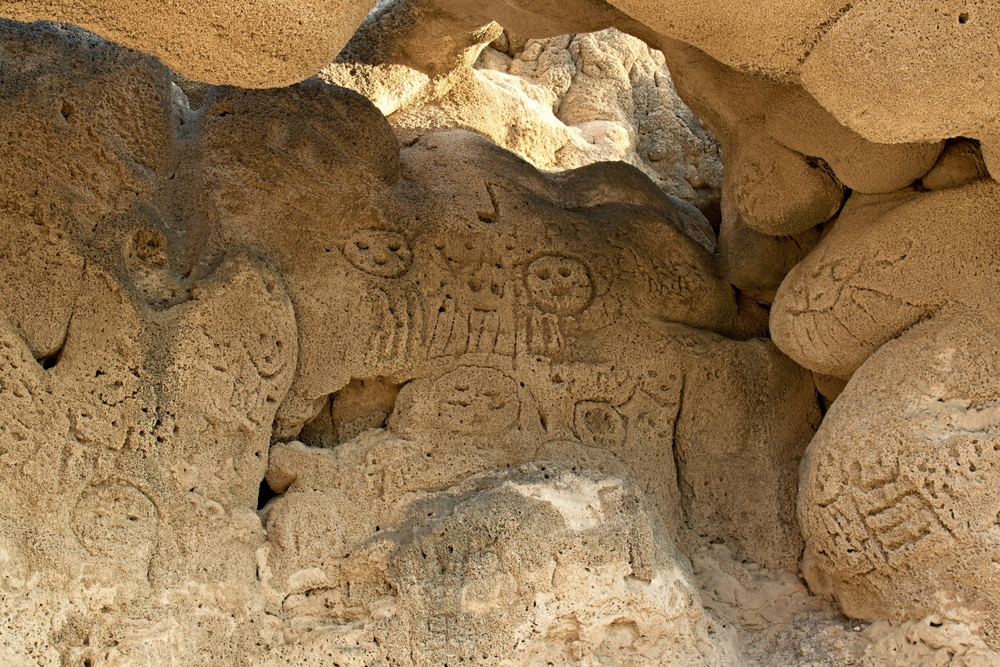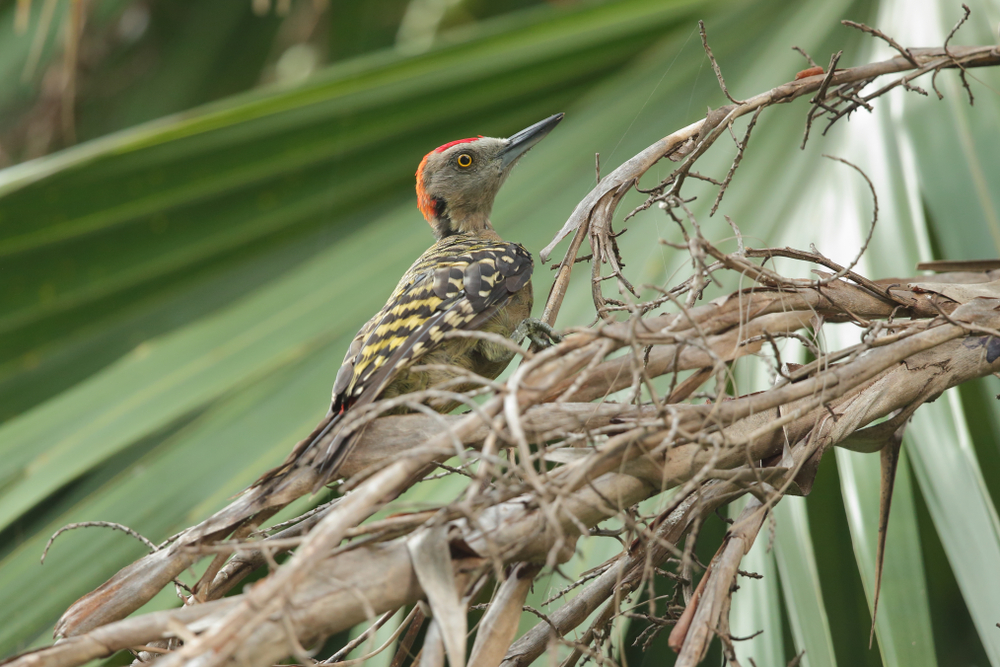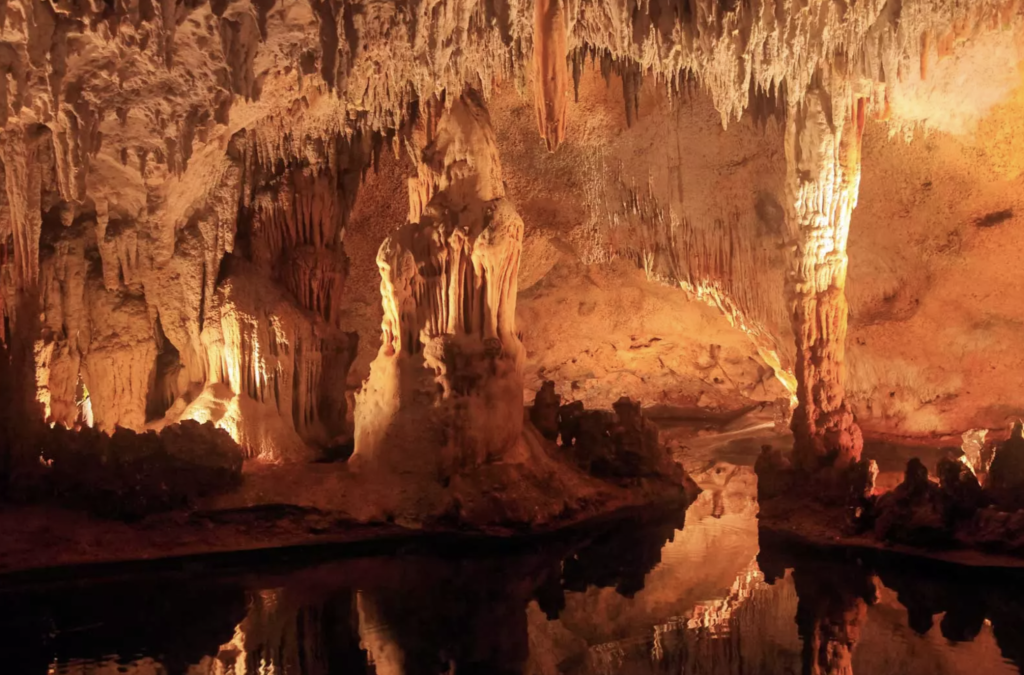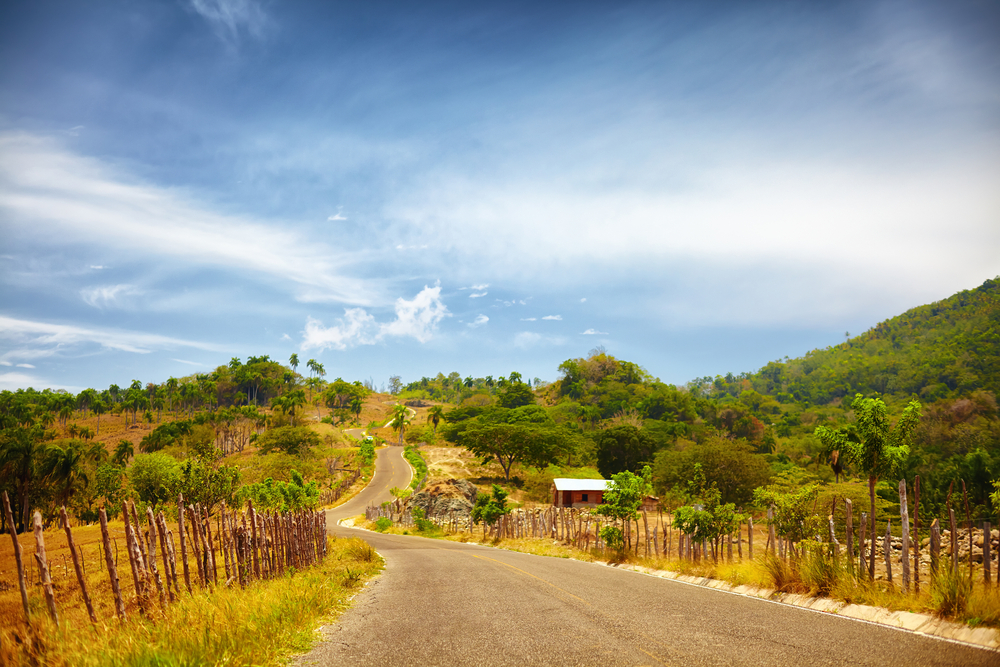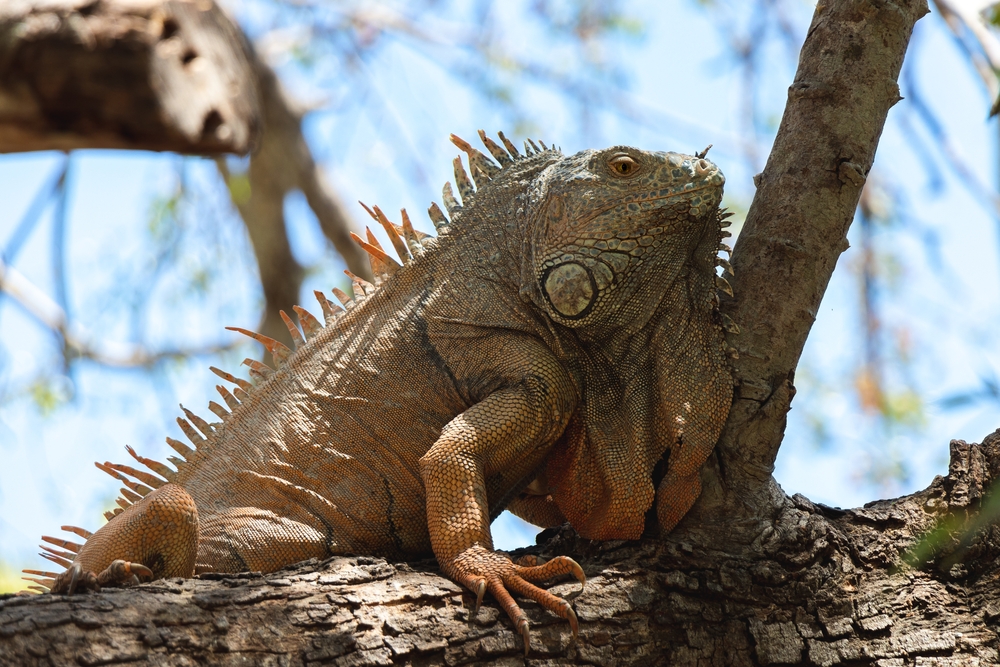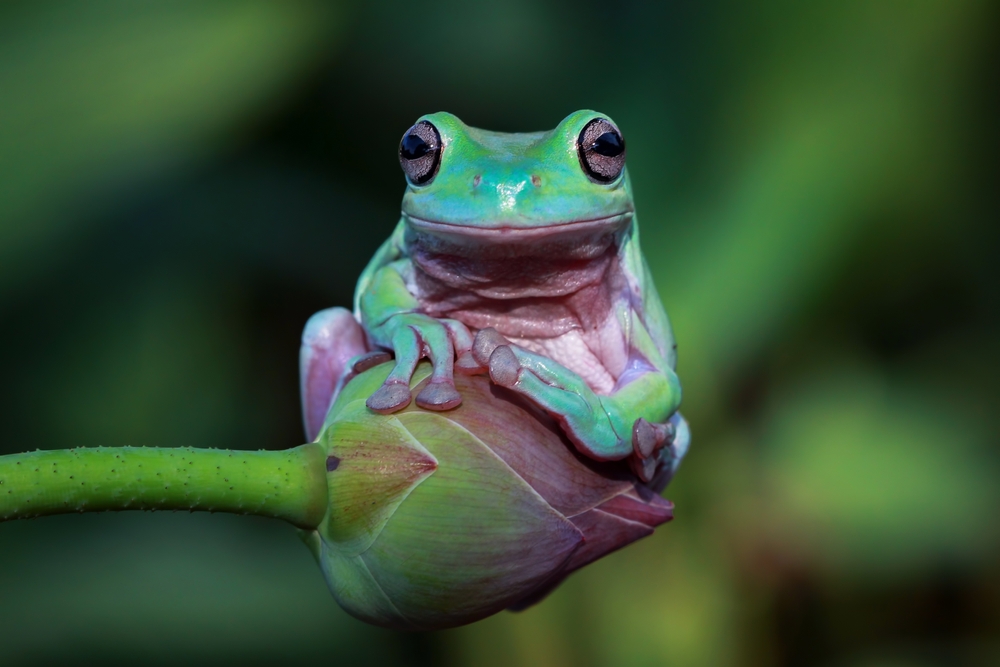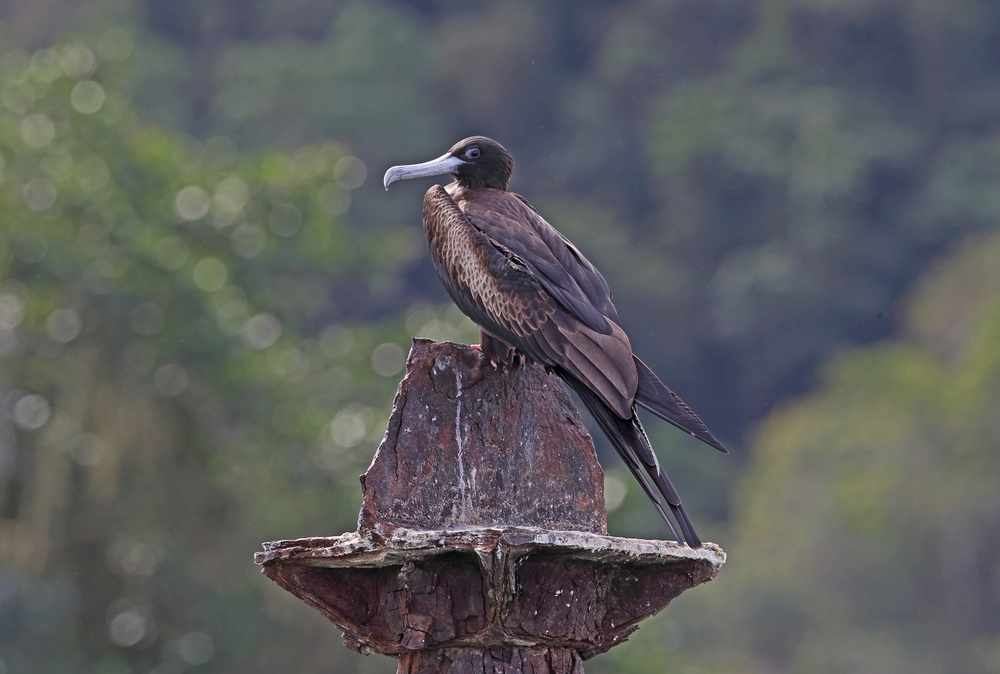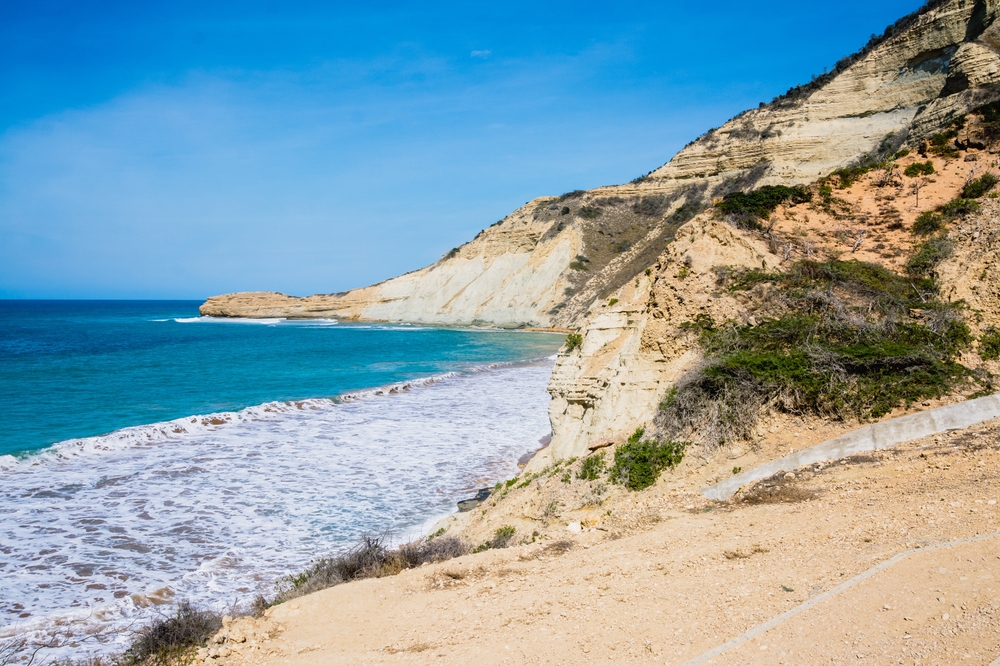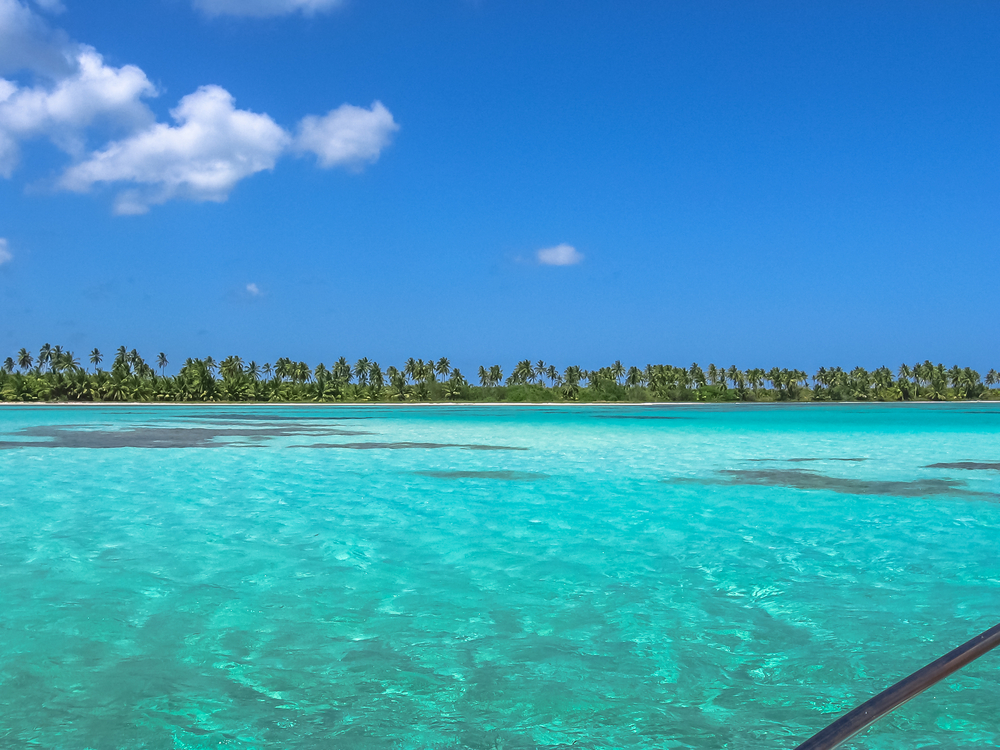Sierra de Bahoruco Overview
Sierra de Bahoruco National Park, known locally as Parque Nacional Sierra de Bahoruco, is a vast protected area in the southwestern region of the Dominican Republic. Covering approximately 386 square miles (1,000 square kilometers), the park stretches across the provinces of Pedernales, Barahona, and Independencia.
It is part of the larger Jaragua-Bahoruco-Enriquillo Biosphere Reserve, an essential ecological region that protects a diverse range of habitats from the Caribbean lowlands to the cloud forests of the Bahoruco Mountain Range.
The terrain of Sierra de Bahoruco National Park is remarkably diverse, with dramatic changes in elevation creating a range of ecosystems, from dry forests and thorny scrublands at lower elevations to lush rainforests and cloud forests in the highlands. The highest point in the park reaches about 7,500 feet (2,286 meters), and this variation in altitude results in a rich mosaic of vegetation.
The park features limestone cliffs, deep canyons, and numerous caves, many of which contain ancient Taíno petroglyphs. Notable geographic features include the striking Hoyo de Pelempito, a vast depression offering panoramic views of the surrounding mountains. The diverse plant life includes pine forests dominated by Hispaniolan pines, broadleaf forests, and unique species of orchids and ferns that thrive in the humid upper elevations.
Sierra de Bahoruco National Park is home to an impressive array of wildlife, making it one of the most significant biodiversity hotspots in the Caribbean. Among its most notable inhabitants is the endangered Hispaniolan solenodon, a rare, nocturnal mammal that has survived since prehistoric times. Other key mammal species include the Hutia, another endemic rodent, as well as various species of bats.
Birdlife is especially abundant, with over 100 species recorded in the park. It is one of the best places to see endemic and migratory birds, including the critically endangered Ridgway’s Hawk, the Hispaniolan parrot, the Western chat-tanager, and the White-necked crow.
The park is also home to the Bay-breasted cuckoo and the elusive La Selle thrush, making it a prime destination for birdwatchers. Reptiles such as the Hispaniolan boa and several species of anoles and geckos can also be found in the park.
Visitors are drawn to the park for its stunning natural beauty and opportunities for exploration. Hoyo de Pelempito, a massive geological depression, is one of the park’s most visited sites, offering breathtaking views from an observation center.
The highland cloud forests provide excellent hiking trails where visitors can experience the dramatic changes in vegetation and climate as they ascend. Birdwatching is a significant activity, with guided tours available to help spot rare and endemic species.
The park also has rich cultural significance, with Taíno petroglyphs and archaeological sites hidden in caves, adding an element of history to its natural wonders. Other activities include mountain biking, camping, and exploring the park’s many caves and waterfalls.
Sierra de Bahoruco faces conservation challenges, including deforestation due to illegal logging and agricultural expansion. Charcoal production has been a major concern, particularly in the lower-elevation forests.
Conservation organizations and the Dominican government have been working to combat these threats through increased patrols, reforestation efforts, and environmental education programs.
The park’s status as part of a biosphere reserve has helped strengthen conservation efforts, promoting sustainable practices while protecting its unique ecosystems. Despite these challenges, ongoing initiatives have led to the recovery of some wildlife populations and the preservation of critical habitats.


